APO, that was once almost a synonym for Leica. And to this day, spectacular apochromatic lens designs come from Wetzlar. But at Voigtländer/ Cosina, they don’t rest on their laurels. Three new Voigtländer APO lenses were launched in the recent past. Let’s look at the APO-Lanthar 35/2, APO-Lanthar 50/2, and APO-Skopar 90/2.8. Are they contenders for lenses that cost at least six times as much?
Arguably, a healthy part of Leica’s survival was organised from Japan. From 1999 onwards, the revival of rangefinder photography was considerably triggered by Voigtländer. First with the Bessa L, a finder-less camera with Leica thread mount, and soon with M mount rangefinder cameras. Some of them were truly unique in their specifications (read more in The Files, part 2 about the wide-angle Bessa R4M and in part 6 about the very special model Bessa T).
The brand name Voigtländer was given to the manufacturer Cosina by the then Ringfoto Group who held the rights for this formerly prestigious German brand. And within Cosina, CEO Hirobumi Kobayashi was a driving force. According to various sources, he is a classic camera aficionado and thus a Leica/Zeiss fan, and without him there would most likely be no Voigtländer M mount lenses. Dozens of different models and variations were made over the past two decades, as Stephen Gandy on his far-more-than-a-store-website is showing.
When Leica stumbled, Voigtländer stood firm
Remember, Leica was in dire straits around and in the years after the turn of the millennium. High cost, low market share, lack of innovation and good products albeit at too high prices and at too late launch dates were one part of the misery. They had no good luck in going public; the involvement of Hermès was not exactly a marriage made in heaven, there were many changes within the management, and then, of all things, the digital revolution came along. In 2005, Leica was on the verge of insolvency.
In these years, Cosina helped a lot to ensure the rangefinder pipeline never really dried out. They launched the Bessa cameras and lens after lens with M Mount. They participated in manufacturing the revolutionary Epson R-D1 camera, the first digital rangefinder camera ever back in 2004. They built the Zeiss Ikon analogue rangefinder camera and the ZM lenses with it (read more about this camera in part 5 of our The M Files Series; more ZM lenses are covered in part 11 and in part 12 of the series). And they brought many lenses at an attractive price point on the market that opened the rangefinder option to many enthusiasts who would not have been able to afford the occasional Summilux.
No cheap pseudo-alternative, but a programme in its own right
In recent years, the Voigtländer lens designs have become notably more advanced. The adapted asphere technology greatly improved on mechanics and developed all in all into a mature line-up that is no longer a cheap stopgap solution but a programme in its own right. On the pinnacle are three lenses which intrude far into Leica’s territory: A few years after the ground-breaking APO-Summicron-M 50/2 by Leica, Voigtländer offered also an apochromatic 50/2. The Voigtländer APO 35/2 was even launched before its Leica pendant. The APO-Skopar 90/2.8 has no direct parallel in the Leica universe.
These three lenses will be covered in this review. I think it is good to have some historic background to understand their significance. As to technical background, I assume the readers know what an apochromatic lens is. In super-short, it is a lens with potentially superior sharpness and resolution by means of an extraordinary correction level; this article (by Zeiss!) gives you the basic facts.
Apochromatic designs and APO lenses are not the same
Of course, Leica would not be Leica if they did not have their own and narrower definition of apochromatic. Jono Slack wrote an as-ever excellent article on this here on Macfilos – highly recommend reading, also because of the important distinction between the term apochromatic and the designation APO lens. If you want to hear some details from Leica’s lens designer Peter Karbe himself, watch this video in German (from minute 13:25) or this webinar in English (more general, but also very instructive).
In the following reviews, I will look mainly at the lenses themselves. For the 35/2 and the 50/2, I did not have the chance to do side-by-side shots with the corresponding Leica APO lenses. The Voigtländer 90/2.8 has no direct equivalent in the current Leica line-up: The Elmarit-M 90/2.8 has long been discontinued; and the Summcron-90/2, albeit APO and ASPH just like the Skopar, is a full stop faster. So just read this as a report from intensive field use of the three Voigtländer lenses and not as a Voigtländer vs. Leica comparison.
It is, however, worth noticing that APO designs have become somewhat popular for shorter focal lengths. Apochromatic designs were a game-changer for long and super long telephoto lenses simply because the margin for improvement was considerable in 200, 30 or 400 mm designs. With the ever-improving sensors and their now merciless resolution, a need arose for APO designs even for shorter focal lengths. Here, conventional designs brought good and excellent imaging performance on film and on older sensors without such an effort.
Real-Life use of the Voigtländers on the M and SL models
The shooting was done with various M rangefinder cameras (see captions of sample images). Some more testing involved the SL (mainly Typ 601). All photos were taken in real-life, reportage-style situations. For scientific evaluations of lenses, please refer to competent sources such as Sean Reid, his page is worth every cent of the moderate subscription fee. His coverage of the 35/2 APO from both Leica and Voigtländer is truly impressive. I asked him if he plans to take 50/2 APO through its paces, and he replied that maybe at a later point in time. Some more good reviews are around online, for example here on Messsucherwelt (35, in German) or from Jack Takahashi (both 35 and 50, in English).
The Voigtländer APO-Lanthar 35mm F2
Yet another 35-millimetre lens? Does anyone in the world need that? Quite a few Leica M Mount users might have thought so when the Voigtländer 35 mm / 1:2.0 APO Lanthar aspherical VM was released in February 2021. Insofar, the lens is yet another iteration of an all-time classic with respect to both focal length and speed. Out came a fairly big lens for its tech specs, but demand was quite high from the beginning. To this day, you might have to wait some time to get your own copy. This has something to do with the good reputation of this lens of course.
Technical data, scope of delivery, price and availability
The APO-Lanthar 35 is not a small lens. It is 57mm long when attached to the camera and 71 overall (82mm with both caps). The maximum diameter is 56mm, and rather unusual for an M Mount lens, this one uses 49mm filters (other 35/2s and even some 35/1.4s get by with 39). The lens weighs in at 342g (as-in-my-bag, that is with both caps and original lens hood, the lens naked weighs 305g). The lens comes with both caps but no hood or pouch.
A few extras make the lenses a bit pricier
I use the excellent neoprene OP/Tech 253 fold-over pouch for this lens (I do not like my gear to be exposed to mechanical risks while in my bag), which fits perfectly without the lens hood and still very nicely with the hood attached in shooting position. The original hood LH-13 attaches with a beautiful bayonet, but its price of €109 is hefty, being exactly ten per cent of the price of the lens itself (€1,099). At least the LH-13 hood also fits the 50/2 APO VM and the Zeiss Distagon 35/1.4 ZM.
The Voigtländer 35 mm / 1:2.0 APO Lanthar comes in black only and is available new (if your dealer or his wholesaler or the manufacturer itself is not affected by supply chain problems). I hardly saw any on the second-hand market, so be prepared to invest €1,200 (as of June 2022) for the lens and its hood. I got mine with a three-year manufacturer’s warranty from Leica Store Konstanz.
Optics and rendering
Lens design
The APO-Lanthar 35/2 has an ambitious lens design. It has two lenses on which both surfaces are aspherical. Of the eleven elements, another five are made from abnormal partial dispersion glass. Floating elements are supposed to improve sharpness at close distance. Voigtländer are claiming it is the best 35mm lens they made so far.
Colour drift and vignetting
Colour drift describes the phenomenon of colour cast toward the margins of your image. This is often induced by rays of light that reach the pixel wells on your sensor at a very steep angle. On my good old M (Typ 262) which is particularly prone to generating this error, I saw nothing to complain about. It never came to my mind to search for an appropriate Leica lens profile to activate in-camera or Lightroom correction for colour drift. Considerable general vignetting is visible wide open but this is pretty much gone by f/4.
Chromatic aberration
I tried my very best but I could hardly find any. Both in focussed and out-of-focus areas I did not discern colour and/or sharpness errors that could be related to chromatic aberration. This is true for all areas of the image right into the farthest corners. The APO designation seems to be justified!
Sharpness
The APO-Lanthar has very good resolution and exceeds the needs of a 24 MP sensor in all areas of your frame. The excellent rendering is based on outstanding overall and micro-contrast a precise plane of focus. Stopping down brings only a little further improvement. This lens will you the finest structures. I neither like the term when used for lenses nor the attitude behind it but there may be people who call the render “clinical”.
Bokeh and flare
The APO-Lanthar has a very interesting diaphragm design. The aperture blades are constructed in a way that they create a perfectly round shape at f/2.8, f/5.6, and f/16. Good news for all the bokeh lovers who prefer specular lights to be rendered in a rounded form. When it comes to flare, the lens copes with backlighting in an admirable way (for me, flares are more a fault than a criterion for “character”). With a very bright source of light in a very dark environment and with the lens hood in my bag, I managed to induce some flare.
My verdict, optics
Voigtländer do not promise too much. Their APO-Lanthar 35/2 is optically pretty much a perfect lens. It ticks all boxes you can think of, all culminating in incredible sharpness. Make sure your rangefinder is perfectly adjusted and you are working very carefully (as these both might be frequent reasons for missing ultimate sharpness).
Mechanics and handling
Overall appearance
As I already pointed out, the APO-Lanthar is a big and not exactly lightweight lens. It comes across as a solid piece of equipment, and its design alludes to classical Leica lenses with their distinctive “Berg-und-Tal-Riffelung” (“mountain and valley fluting” or scalloped focusing ring). The lens has a 49mm filter thread and a bayonet mount for the lens hood which is chromed. The latter is more than a question of taste because the bright ring might cause unwanted reflections.
Build quality
The build quality seems to be very good. There is no play in this all-glass-and-metal lens, the focusing and aperture rings are very smooth in operation. Be careful however when cleaning this lens. I had the impression that cleaning marks easily appear on the glass surfaces, so the coating might be a bit susceptible to damage.
Focusing
With a throw of just over 90 degrees, this 35/2 design can be precisely focused. The focus ring operates without being sticky or loose, just perfect. The minimal focusing distance is only 0.5 metres which can of course not be used with the rangefinder that is limited to 0.7 metres. But with an EVF or live view, it is a nice extension of your creative options. Image quality is no hindrance of any sort. for using close focus.
Viewfinder
The APO-Lanthar 35/2 is so big that it obstructs the most part of the lower right quadrant of your viewfinder. You can only guess what you will have in your picture. The blocked area is even bigger than with the Zeiss Distagon ZM 35/1.4. I would say you can get used to it, but it will take considerable time. If you are keen on very accurate framing, you will need an EVF or live view when you use this lens.


My verdict, handling
The APO-Lanthar 35/2 is a lens of great manufacturing quality and precision. It is a joy to use as long as you don’t mind considerable rangefinder obstruction.
Voigtländer APO-Lanthar 35/2: Alternatives
There are countless 35 millimetre M Mount lenses around, and many of them are very good. So it is almost impossible to give an overview of the 35 mm f/2 options. I would like to mention two other lenses worthwhile considering. The Voigtländer Ultron 35/2 is by far smaller, shows no viewfinder blockage and renders probably not as perfectly as the APO but beautifully to say the least (approved by Sean Reid). I also like the Zeiss 35/2 for its optical quality and handling (review planned for one of the next M Files episodes). Leica’s 35 Summicron ASPH. (not APO, Version I) always met my needs but it is optically clearly behind the APO-Lanthar.
The obvious competitor for the Voigtländer 35 APO is Leica’s new APO-Summicron 35 of course. I never used it so I can’t give an assessment. From the technical data however it is much smaller, has less finder obstruction, superb MTF performance… and an astronomic price tag. In fact, the Leica lens is seven times as expensive as the Voigtländer at €7700.
Voigtländer APO-Lanthar 35/2: the bottom line
Voigtländer’s APO-Lanthar 35 mm F 2.0 is an M Mount lens with excellent optical performance. It handles the trickiest situations and convinces with reliably superb performance. Its biggest disadvantage is the size which makes it less than handy and produces an annoying amount of finder blockage in rangefinder use.
The Voigtländer APO-Lanthar 50mm F2
Whether or not 50 mm is the real standard focal length for a 24×36 film or sensor format has been discussed for a long time now. Certainly, our viewing habits have changed in the direction of wide-angle. Nevertheless, I would like to make the case once again for the good old “nifty” 50. It is an incredibly versatile and pleasant focal length. So it’s hardly surprising that new 50s keep coming onto the market. Voigtländer has apparently put together pretty much all their knowledge for this and released the APO-Lanthar 50/2 in 2020.
Technical data, scope of delivery, price and availability
The Apo-Lanthar 50 is a lens of considerable dimensions. It has almost the same size as its 35-millimetre sibling. Mounted on an M Mount camera, it protrudes by about 55 millimetres. Overall (that is, with the part that extends into the camera body), it is 68 mm long and with both caps it measures 80 mm. The diameter is 56 mm which could mean that Voigtländer re-used the barrel design for the newer 35/2. The lens weighs in at 326 grams (measured, as-in-my-bag, ie with both caps and lens hood, the naked lens is 289 grams).
The APO-Lanthar 50/2 comes without a pouch (or any other accessory), but again the OP/Tech 253 is a great solution. The lens hood LH-13 has to be bought separately for €109 (see my remarks on this in the chapter about the 35/2). The filter size is 49 millimetres, the same as on the 35/2.
The APO 50/2 is available in black only, it costs €1,099 at the time of writing. It should not require too much patience to get one; my source Leica Store Konstanz has it usually in stock. Second-hand offers seem to be quite rare. Generally, Voigtländer lenses show more depreciation than their Leica counterparts, so with some luck, you could find a really affordable copy.
Optics and rendering
Lens design
The APO-Lanthar 50/2 is quite similar to the 35/2 reviewed above (as a matter of fact, the newer 50 is similar to its older sibling). It has an optical design with ten elements (35: eleven) two of which are double-sided aspherical lenses, two more have abnormal partial dispersion. The 50 has floating elements for improved quality at close distances. Voigtländer claim that this lens sets a new standard in their range.
Colour drift
See above to learn what is meant by this and why colour drift can be quite nasty. Generally, a mid-focal-length lens might not be as prone to this problem as a wide-angle. But apart from this, the APO 50/2 has absolutely no issues with colour drift on any camera I used it on. Well done by Voigtländer or rather by Cosina where this lens de facto comes from (also stated on the lens mount).
Chromatic aberration
As with all other Voigtländer lenses, the APO-Lanthar is uncoded. I used it without applying correction profiles (it be precise, I manually selected the profile for the 50 APO-Summicron in some instances on the SL in order to know afterwards which images were taken with which lens – I removed the profile later and marked the images via LensTagger), so we see the pure optical performance. Result after carefully analysing the DNG files: Almost no chromatic aberrations, neither in the focus plane nor in the unsharp areas. Maybe a minimal hint of magenta in light reflected by water but you have to search for it.
Sharpness
If you manage to nail the focus, this lens is perfect. Just as the APO-Lanthar 35/2, it has a very smooth, but at the same time steep transition between sharp and unsharp. I think this has to do with contrast falloff in the unsharp areas (Leica’s Peter Karbe once explained this with respect to the SL Summicron lenses that are supposed to have as much 3D pop as other 1.4 designs). Micro-contrast is high, and resolution is certainly high enough for cameras with far more than 24 megapixels.


Bokeh and flare
As mentioned, out-of-focus areas are rendered in a way that is appealing to me. However, bokeh is very much a matter of taste. I prefer it to be smooth which generally seems to be hard to achieve in high-contrast lenses. The APO-Lanthar 50/2 is a very good compromise in my eyes. At f/2.8 and f/5.6, the twelve aperture blades form a perfect circle. This gives you perfect specular lights in your unsharp background (or foreground). Flare can occur, and the accessory lens hood is not all too helpful (after all, if it works with the 35, it can’t precisely fit the 50’s design).
My verdict, optics
Voigtländer’s APO-Lanthar is an outstanding lens in its optical performance. The virtual absence of chromatic aberration, excellent resolution and plenty of micro-contrast create perfect sharpness.
Mechanics and handling
Overall appearance
The APO-Lanthar has pretty much the same look and feel as its younger 35/2 sibling. It looks classical, probably a bit baroque. I prefer the more utilitarian design of Leica and Zeiss lenses, but this is just a matter of taste. With its scalloped focusing ring, the APO-Lanthar has no focus tab (a bit to my dislike), just like the two other lenses in this review.
Build quality
Same as 35/2. Very good, solid, no plastic parts. This lens will outlive any digital camera it is used on. This is interesting as Leica claim that their lenses are so expensive because manual labour and the resulting build quality is expensive. The new Voigtländer lenses make me wonder if wages in Japan are so much lower? To me, the build quality seems not to be so awfully different between a high-end Voigtländer and a Leica lens. But maybe we have to use these lenses over decades to see the difference.
Focusing and close-up-distance
The 50/2 has a focus throw of under 90 degrees. This is not too generous, but the very good operation of the ring helps to get all in focus. The minimal distance is the usual 0.7 metres. At a close distance and wide open, the depth of field is very limited of course. You might be better off with an EVF camera such as a Leica SL model (via adapter), with an attachable EV or live view. Performance-wise, there is no reason to not use the minimal distance.


Viewfinder
While the APO-Lanthar 35/2 blocks a substantial part of the rangefinder, the APO-Lanthar 50/2 is far better. This is due to its significantly narrower angle of view of course but maybe also because it is slightly smaller than its sibling. Without the hood, you have minimal finder blockage at infinity and a bit more at close focus. The (luckily vented) lens hood makes things worse but I would call it still tolerable.


My verdict, handling
The Voigtländer APO-Lanthar 50/2 is a very well manufactured and easy-to-use standard lens. Size-wise a bit on the bulky side, but it still handles well on a rangefinder camera.
Voigtländer APO-Lanthar 50/2: Alternatives
The obvious alternative to the APO-Lanthar 50/2 Leica’s similarly specced APO-Summicron 50/2. It is remarkably smaller, has a beautiful built-in lens hood and offers ultimate image quality. I worked with it on a number of occasions and was thrilled with the quality of this lens. If you want to settle for the one and only M Mount 50 and if you can afford it (€7990), the APO-Summicron is a wonderful choice for sure.
Among all the other 50s I have used so far and that are more within the range of a mortal photographer such as me, I want to mention the Zeiss Planar 50/2 VM which has great sharpness, although not the best bokeh you can think of. The Funleader 45/2, converted from a Contax G lens, got excellent reviews, for example from my colleague Claus Sassenberg on Messsucherwelt, and it sits nicely between a 50 and a 35.
Voigtländer APO-Lanthar 50/2: the bottom line
If you are looking for an outstanding 50 for M Mount, you cannot go wrong with the APO-Lanthar. It is optically superb and has good ergonomics. With modern cameras and the fast sharpness falloff of this lens, an f/2 maximum aperture might be sufficient for your creative ambitions so you might not have the need for a 50/1.4 at all.
The Voigtländer APO-Skopar 90/2.8
The third and youngest member of Voigtländer’s APO family is the APO-Skopar 90mm F2.8 which was released in October 2021. It covers a classical focal length which is very useful for portraiture, landscape and many other subjects. For many rangefinder users, the 90 is the only tele focal length they need. In this respect, the new APO-Skopar is the latest iteration of a continuous improvement process that has been going on for decades now.
Technical data, scope of delivery, price and availability
The APO-Skopar is remarkably small and lightweight. It is just 59 millimetres long when mounted on the camera (overall length of 67 mm and 84 mm with both caps). It is also tiny in respect of the 39 mm filter (a real Leica standard) it takes. The diameter is 53 mm. In your bag, this lens will not add much weight, it tips the scales at 288 grams with both caps and lens hood and at only 241 grams naked. This is remarkable.
The APO-Skopar comes with a very nice metal lens hood that attaches via a beautiful bayonet. It can be fixed in reverse direction of the transport. Oh, Voigtländer, I would really love you for putting the lens hood into the box right away! If you need a pouch, I can again recommend the OP/Tech 253.


The APO-Skopar 90/2.8 comes in silver and black and costs €729 new. It should be widely available from various sources. I got mine from Meister Camera Hamburg who also took care, in a very customer-friendly way, of my complaint that the lens had front focus caused by poor adjustment. In the end it turned out that the rangefinder of my M10 was slightly misaligned. This was cured at Wetzlar.
Optics and rendering
Lens design
Many 90-millimetre lenses in the past were four or five lens designs, some early designs even got by with only three lenses. The new Voigtländer in contrast uses seven lenses in seven groups. Five lenses are abnormal partial dispersion elements. Voigtländer used no aspheres or floating elements.
Colour drift
As you could expect from a newly designed 90, there are no colour cast effects occurring towards the margins of your image in digital use. Remember, colour drift will not occur on film because a film emulsion reacts to rays of light in a different way than a digital sensor.
Chromatic aberration
Couldn’t find anything noteworthy in different lighting situations and both in focused and out-of-focus areas. The performance is very even throughout the image with very good correction right into the corners. This is an APO lens for sure.
Sharpness
Now it becomes tricky. When I saw the first results of the APO-Skopar 90/2.8 I was very disappointed. No tack sharp eyes in portraits, no flowers popping out from the background. After some tests, I suspected that my copy was not well adjusted. When I tried to get my son’s iris sharp, the focus seemed to lie on the rim of his glasses. With other models, I got more sharp eyebrows than eyes. A test on the SL showed that it was the lens (the camera’s rangefinder seemed fine, all other pictures are proving) with about three centimetres of front focus, which can be a lot.
Long story short: This lens has excellent sharpness on the SL or in EVF/live view use. The rest will be remedied by an expert. If I get it back without the focusing issue resolved, I will update this review. –> This is what I have done here in this paragraph in December, 2022. .It’s all good now.
Bokeh and flare
Bokeh is pleasing but, depending on lighting conditions, a bit on the harsh side for my taste. Make sure you use f/2.8 or /f4 (or, hypothetically, f/22) for a circular aperture. This will give you nice bokeh balls. I always used the lens with its supplied (hallelujah!) metal hood and had no flare issues. The rather small front lens and the absence of the chrome plating of the hood bayonet will help here.
My verdict, optics
The APO-Skopar 90/2.8 may not be the best of all rangefinder telephoto lenses ever. But it is a lens with remarkable performance for its size and weight. If your rangefinder-lens-system is well adjusted (or if you use any form of EVF right away), it will give you great results even at close distance. I only would like to know if I just had bad luck or if other users also had trouble.
Mechanics and handling
Overall appearance
Just like the other new Voigtländer APO lenses, the APO-Skopar 90/2.8 has quite the classical look. With its characteristic scalloped focusing ring, it fits nicely into the series. And I see a big similarity to Version II of Leitz’ Tele-Elmarit (1964-1974), not the worst you can say about a lens.
Build quality
The APO-Skopar 90/2.8 is all metal and glass. It feels light in your hand which is due to the rather small size of the optical elements (one of the benefits of an f/2.8 design). Probably it’s just this lack of density that the 90/2.8 does not feel as great as the other two lenses. But there is no doubt that build quality is on par with these. Everything is as you would with it with a good operation of all elements.
Focusing and close-up performance
Focusing is a matter of concentration with this lens. The throw of the focus ring is used in a very practical way with a long distance between 0.9 metres, 1.0, 1.2 and 1.5 metres and getting steeper towards infinity. So you have the precision where you need it and keep fast operation if necessary. The minimal focusing distance is 0.9 metres, which is typical for a 90mm rangefinder lens but there were quite some moments when I had wished for better close-up abilities. The optics would support it, I think. But probably I am just spoilt by modern AF lenses with their often quite impressive close-up or even macro range.
Viewfinder
In its smallness, the lens never protrudes into your viewfinder when used without its hood. With the latter attached, you will have a little obstruction at close-up distance and next no none at infinity.
My verdict, handling
The APO-Skopar 90/2.8 is an easy-to-use lens with very good build quality. Focusing is a matter of routine, concentration and good eyesight (!).
Voigtländer APO-Skopar 90/2.8: Alternatives
As I pointed out, the variations of the M Mount 90 are legion. I discuss possible alternatives to the APO-Skopar with a clear focus on small size and affordable price. So, we will not only see 90/2.8 designs in this chapter (normally, I do not see so much sense in comparing lenses with strongly varying initial apertures).
When it comes to tiny size and low weight, Leica’s Tele-Elmarit 90/2.8 immediately comes to mind. This is a very small lens with a beautiful rendering, too – but a 1974 design can’t compete optically with the modern APO of course. A more contemporary alternative is the Leica Summarit 90 (2.5 or 2.4, the optical design is apparently the same). What a pity that the whole Summarit range was discontinued. A super-small solution with a rendering that equals the APO-Skopar is Leica’s Macro-Elmar-M 90/4. You can read that this is an APO lens de facto, but I do not want to go into the details here.
Apart from these few lenses, there are many other 90s. The APO-Summicron 90 ASPH. has an excellent reputation. I can only praise the successor of the tiny Tele-Elmarit: The latest Elmarit-M 90/2.8 is not really small or light-weight, but optically and mechanically very good. Add the Zeiss 85/4 (discontinued), older Voigtländer tele lenses, Minolta’s M-Rokkor 90/4… and you have an amazing number of options.
Voigtländer APO-Skopar 90/2.8: the bottom line
If you are looking for a very small, optically and mechanically great 90-millimetre lens for your Leica M (or another mirrorless camera via adapter), go for the APO-Skopar. It costs new less than almost any other option used. Do check if your copy is well adjusted. And if everything is fine, you have a lens that might very well become your constant companion.
Voigtländer APO lenses: The final word
Maybe there are no more bad lenses for M Mount in the current line-up of Leica, Zeiss, and Voigtländer, at least as far as the newer designs are concerned. In my work for The M Files over the past three years, I came across a few lenses that I would not unreservedly recommend while most others were good or very good. In this spectrum, the new Voigtländer APO lenses stand out. They offer excellent optical and mechanical quality, period.
From the trio, I liked the 50/2 APO best. It is reasonably compact, has stunning sharpness, resolution and micro-contrast, and seems to be mechanically impeccable. The 35/2 APO is optically as good as its sibling, but it has the clear disadvantage of obstructing the viewfinder to a considerable degree. The 90/2.8 APO’s USP is its small size and low weight, making it a wonderful travel companion with great optical performance. However, check carefully if it is well adjusted to your rangefinder. At close distance, a front or back focus of two or three centimetres can ruin your image even at f/2.8.
All in all, Voigtländer add some wonderful, affordable options for M Mount users. We should be thankful for that – not only, but also because of Leica’s tendency to test the ultimate limits of the possible at all costs when designing new lenses. In this respect, Voigtländer is filling a gap left by the discontinuation of the Summarit series. The APO lenses with their excellent value for money are a remarkable contribution in this direction (especially since Voigtländer also has more compact lenses in its programme that are likewise very good), and hopefully not the last.
The M Files: Get in-depth knowledge of M-Mount lenses, cameras and suitable accessories
The M Files is an ongoing project on Macfilos that focuses on photographic equipment with or for Leica M-Mount, made by companies other than Leica or which are otherwise not part of Leica’s M system. It follows a more or less encyclopaedic approach without being scientific. The focus is always on the real-life use and useability of cameras, lenses and other items. Products covered by The M Files include cameras, lenses, viewfinders, light meters and more. Some of the brands in the growing list are Contax, Konica, Minolta, Rollei, Voigtländer and Zeiss.
Die M-Files: M-Mount-Objektive, -Kameras und passendes Zubehör jenseits von Leica M
Die M-Files sind ein Langzeit-Projekt, das sich auf Foto-Ausrüstungsteile mit oder für Leica M-Bajonett konzentriert, die von anderen Firmen als Leica hergestellt wurden oder die nicht zum M-System von Leica gehören. Es verfolgt einen mehr oder weniger enzyklopädischen Ansatz, ohne wissenschaftlich zu sein. Der Schwerpunkt liegt immer auf der praktischen Nutzung von Kameras, Objektiven und anderen Produkten. Zu den in den M-Files besprochenen Produkten gehören Kameras, Objektive, Sucher, Belichtungsmesser und mehr. Einige der Marken auf der wachsenden Liste sind Contax, Konica, Minolta, Rollei, Voigtländer und Zeiss. In deutscher Sprache erscheinen die Inhalte auf www.messsucherwelt.com.

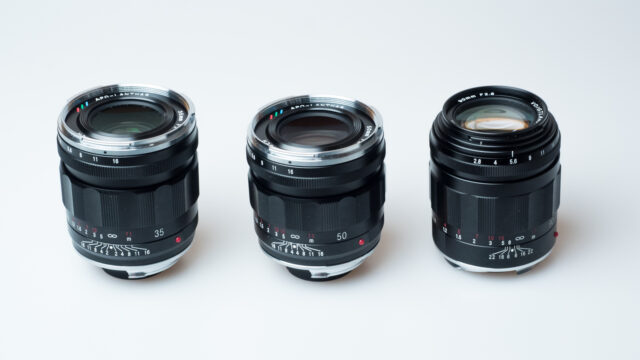
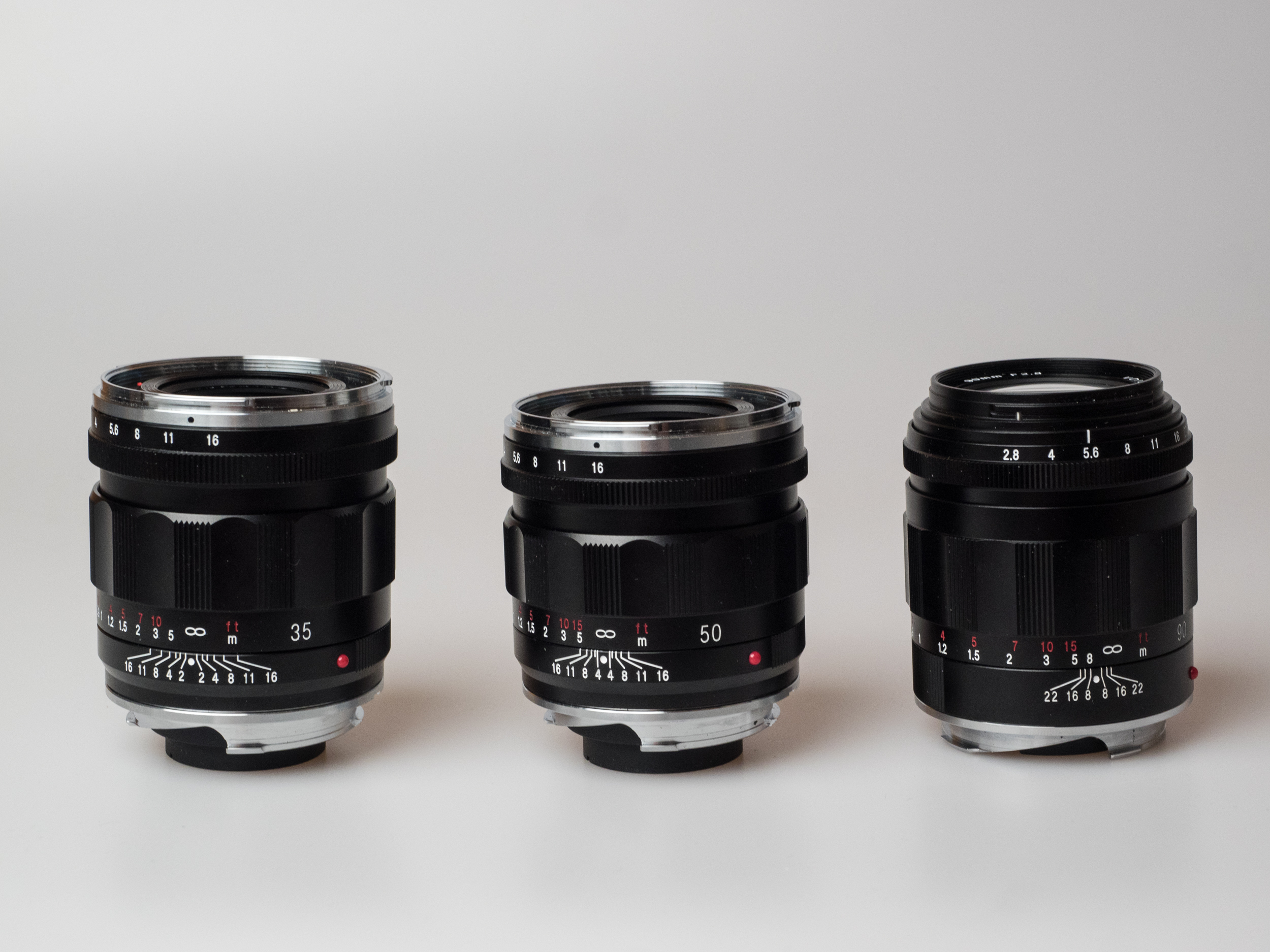
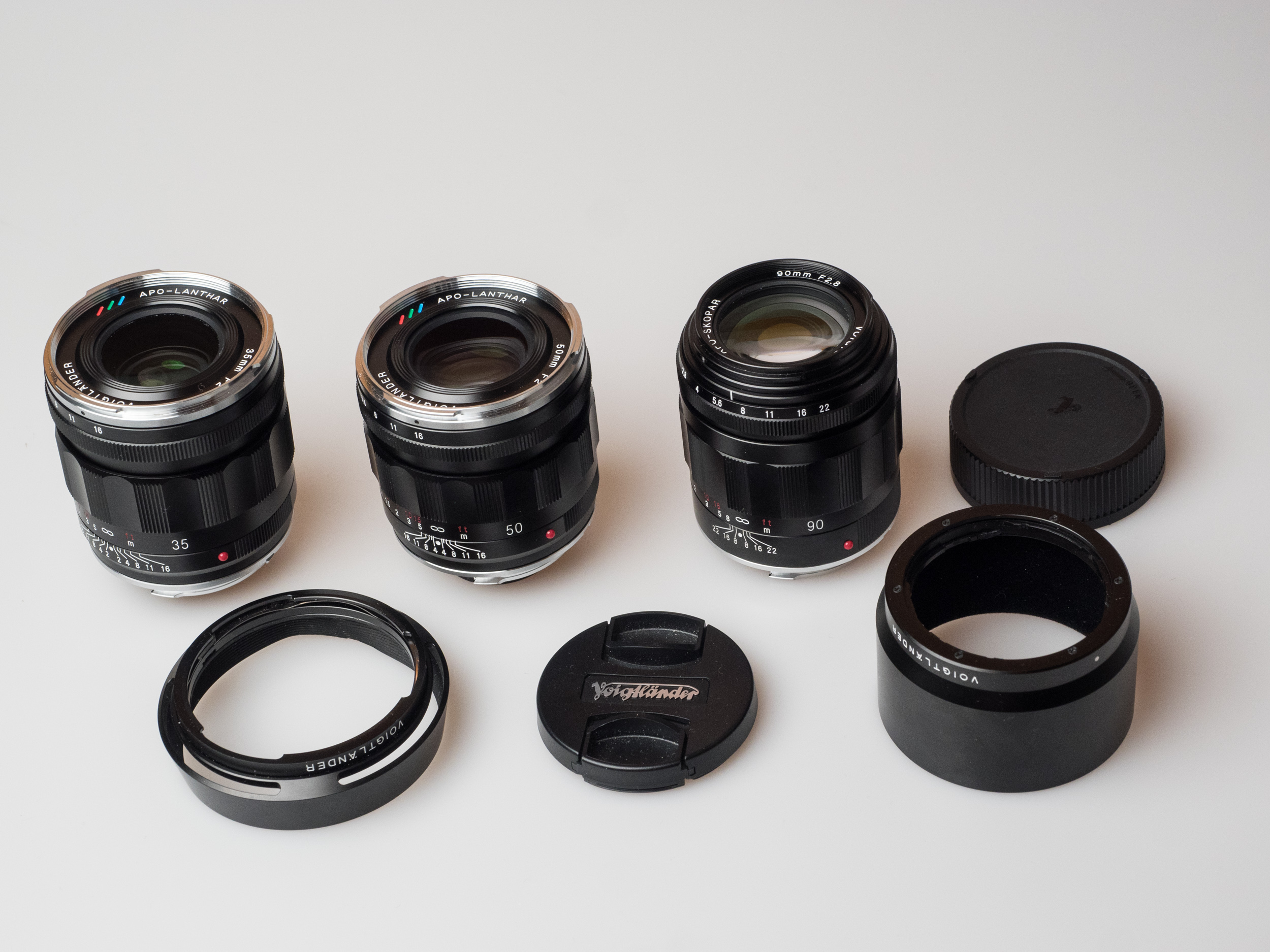
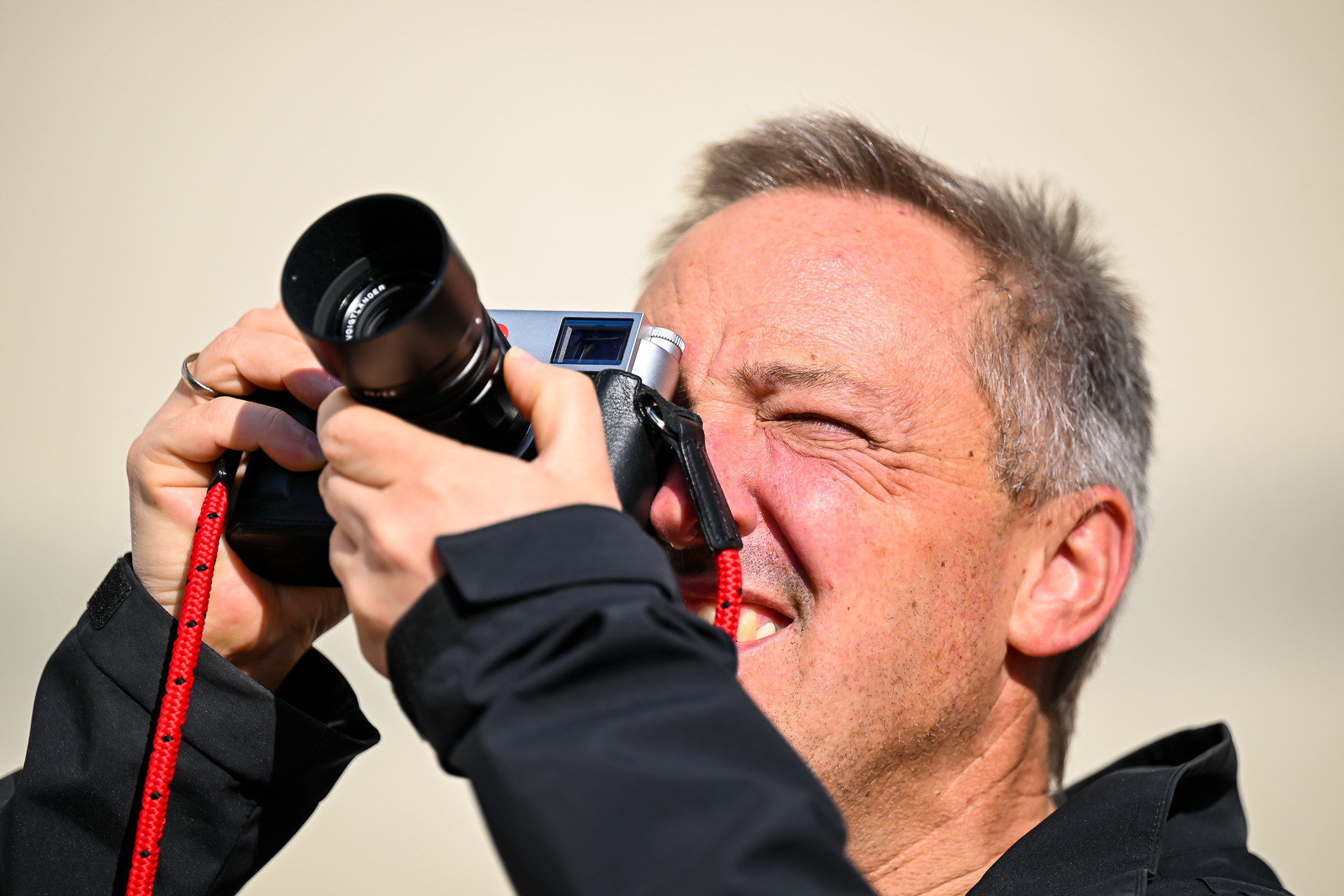
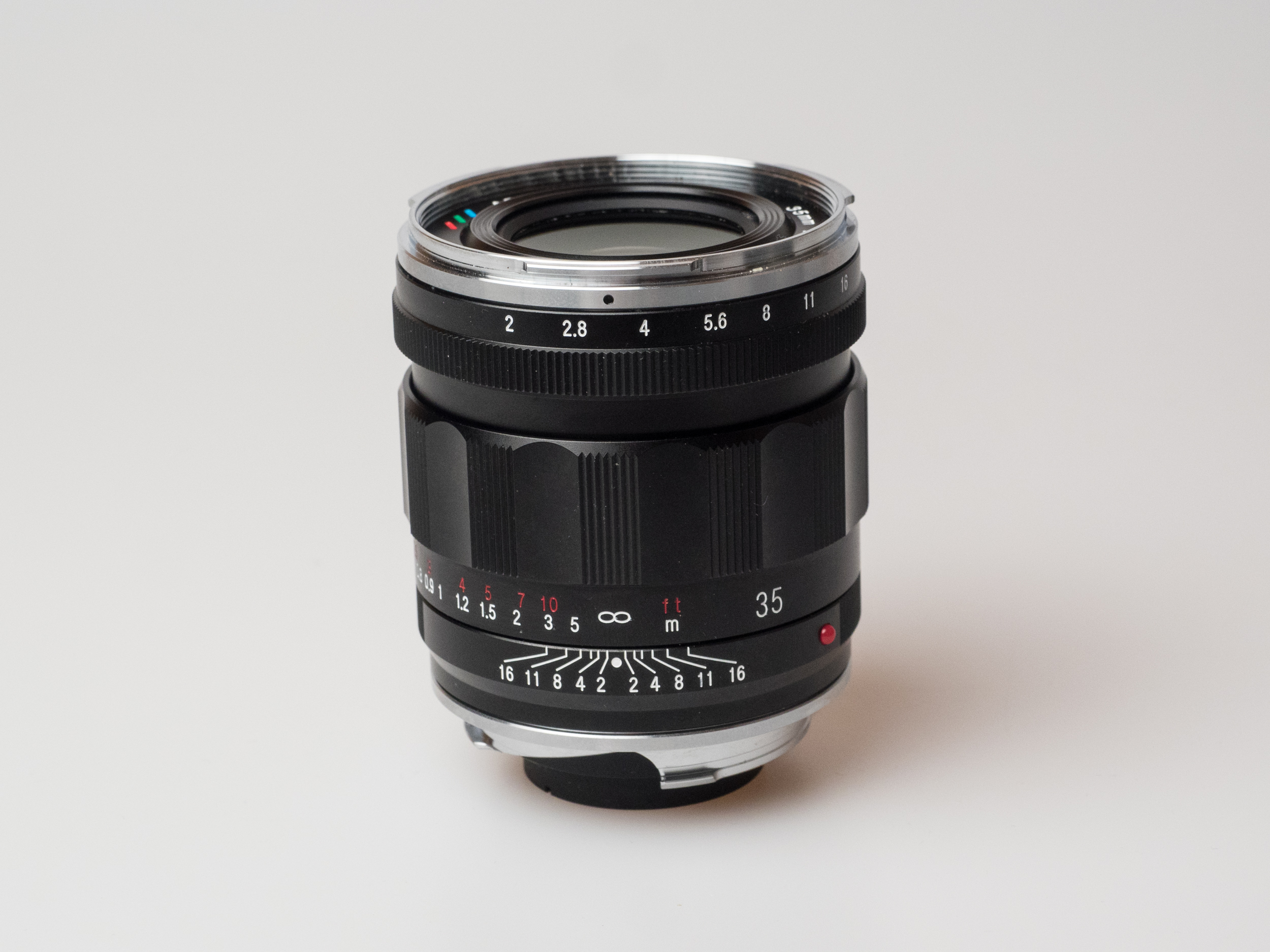
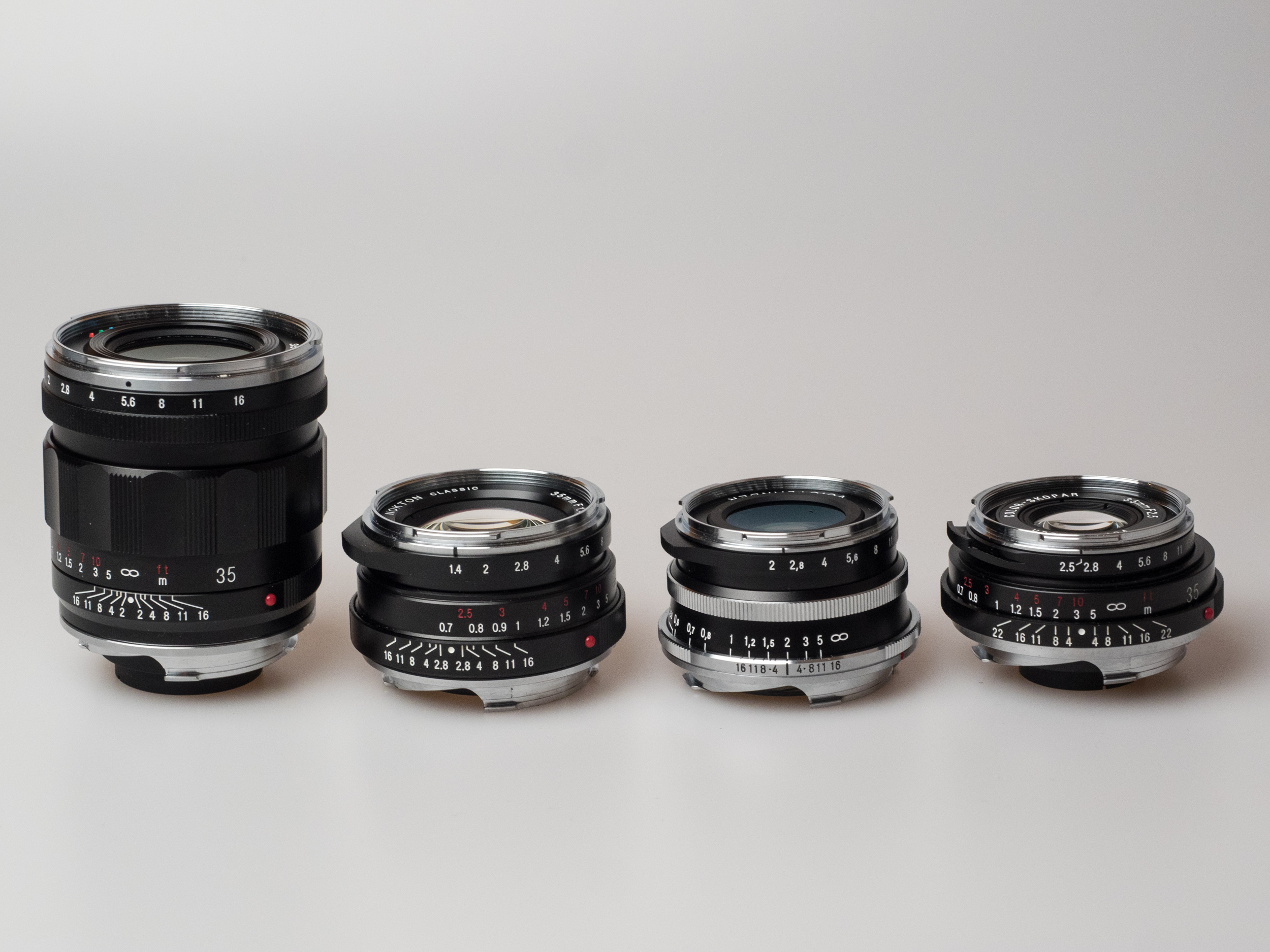
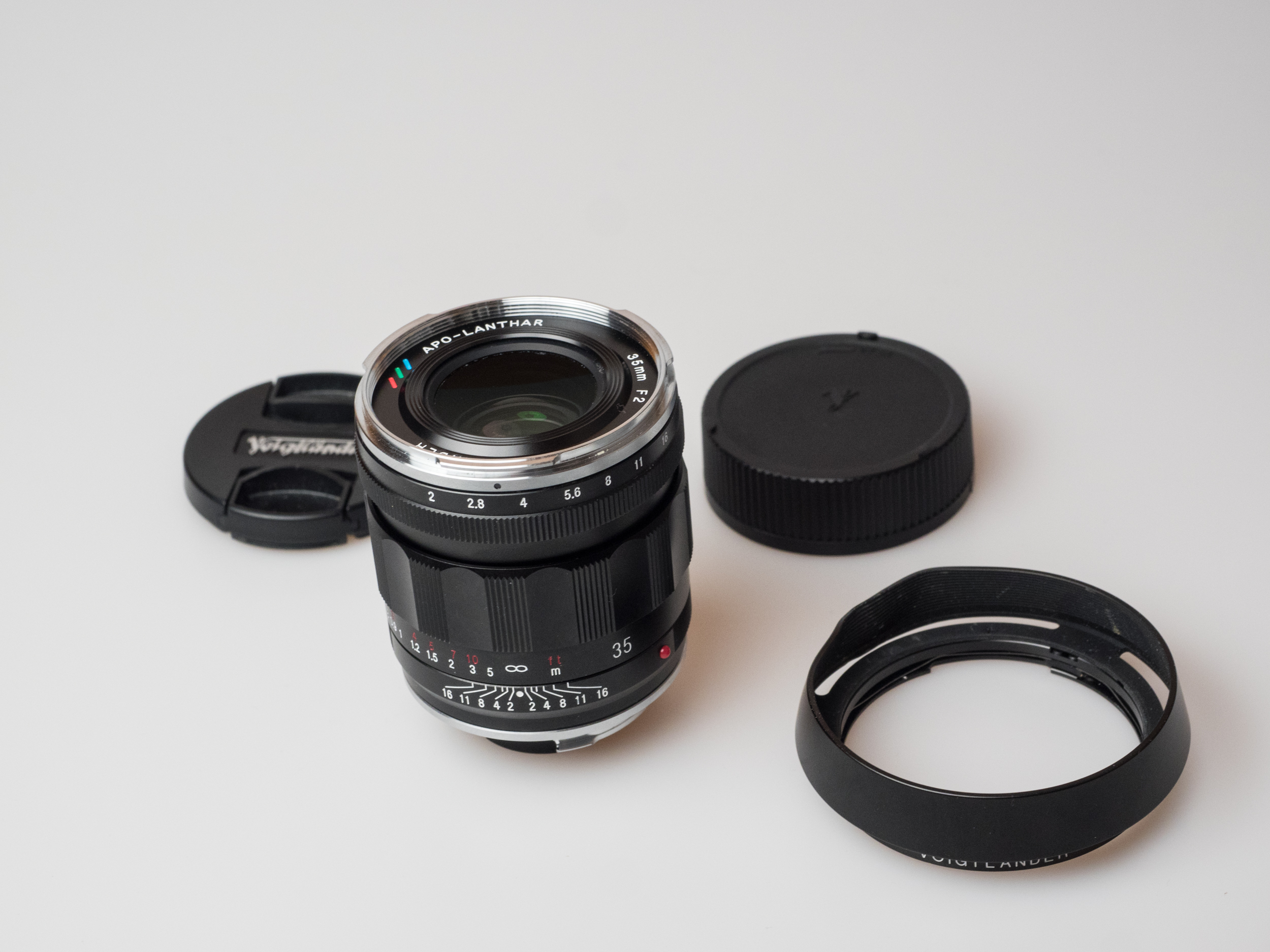
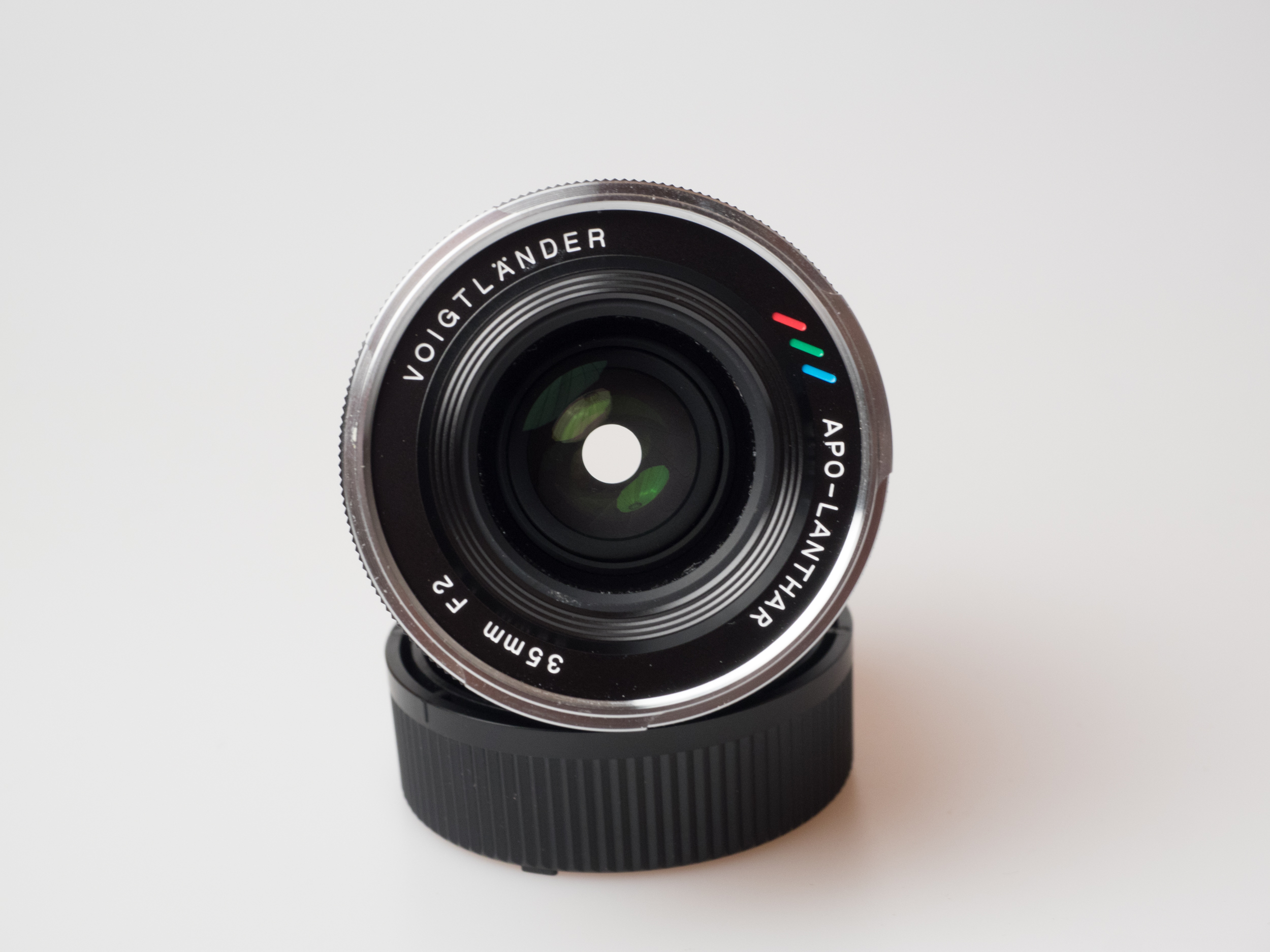
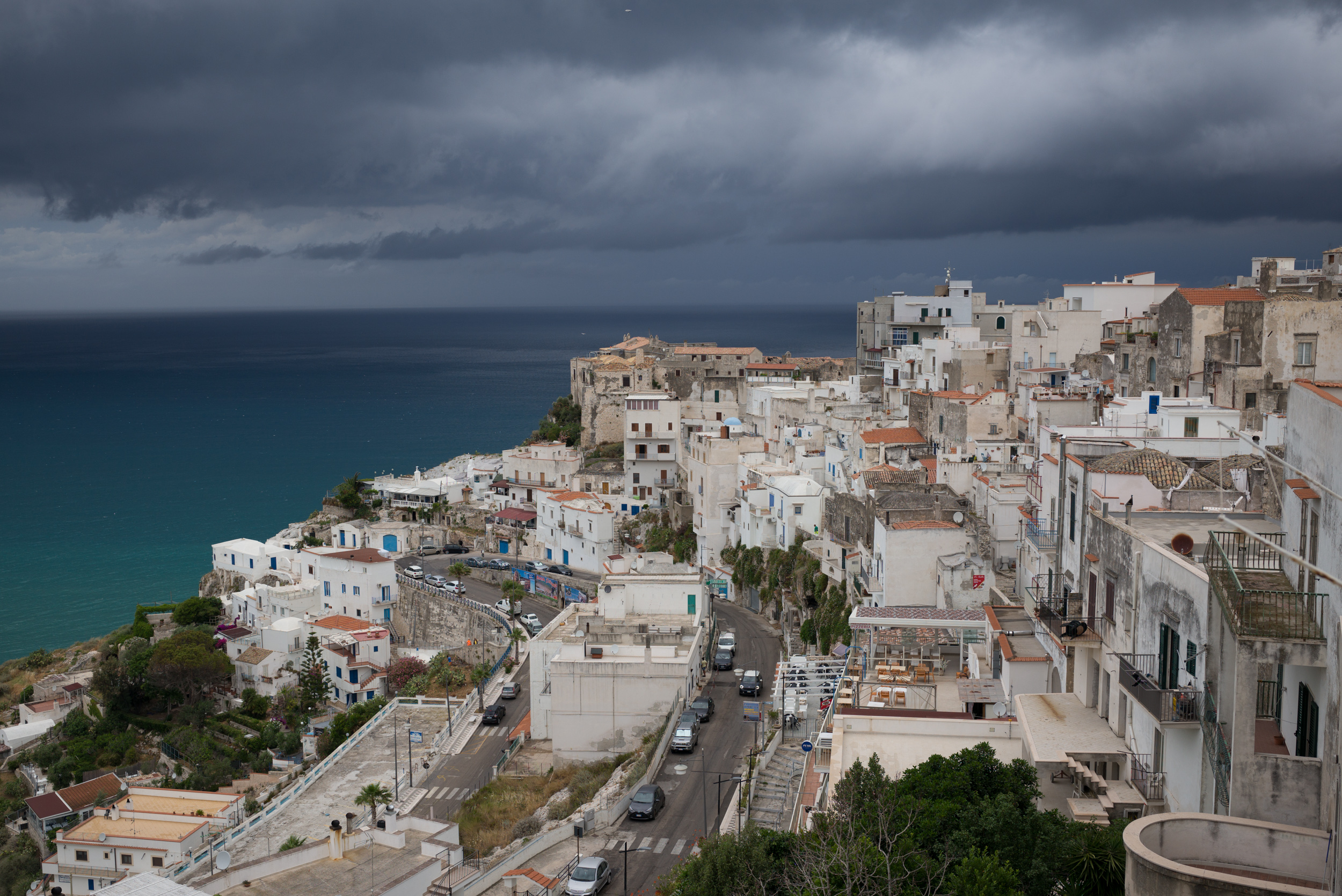
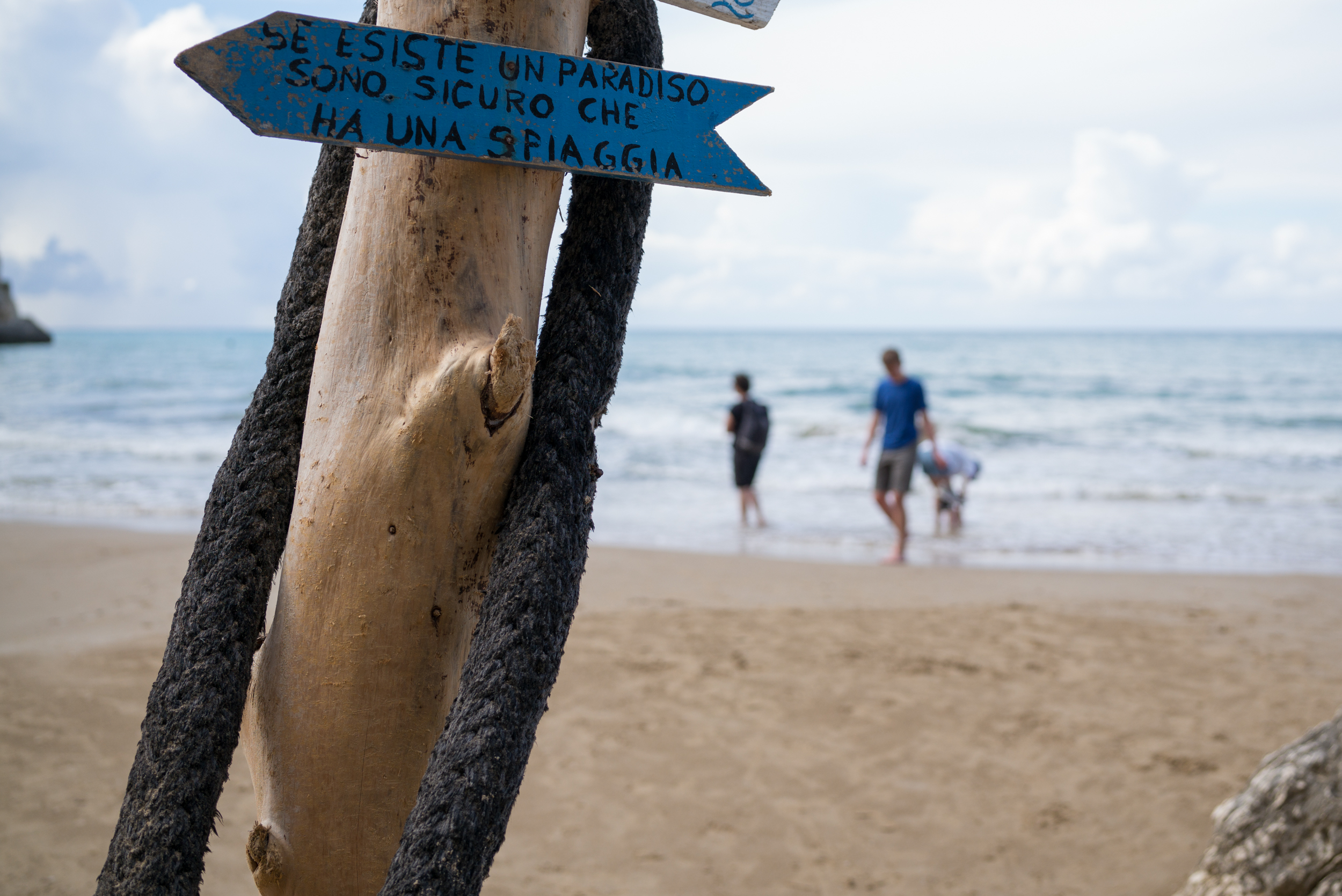

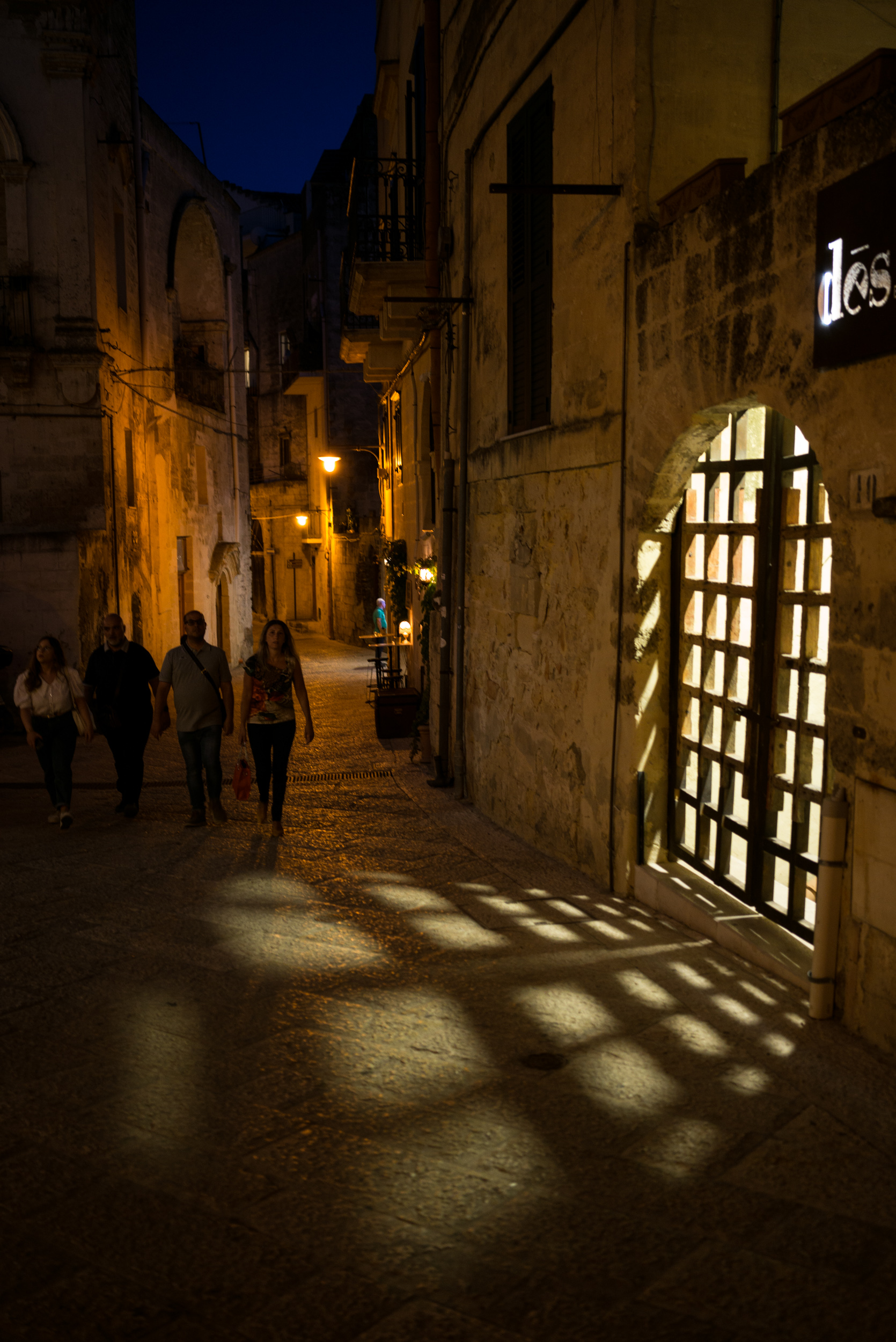
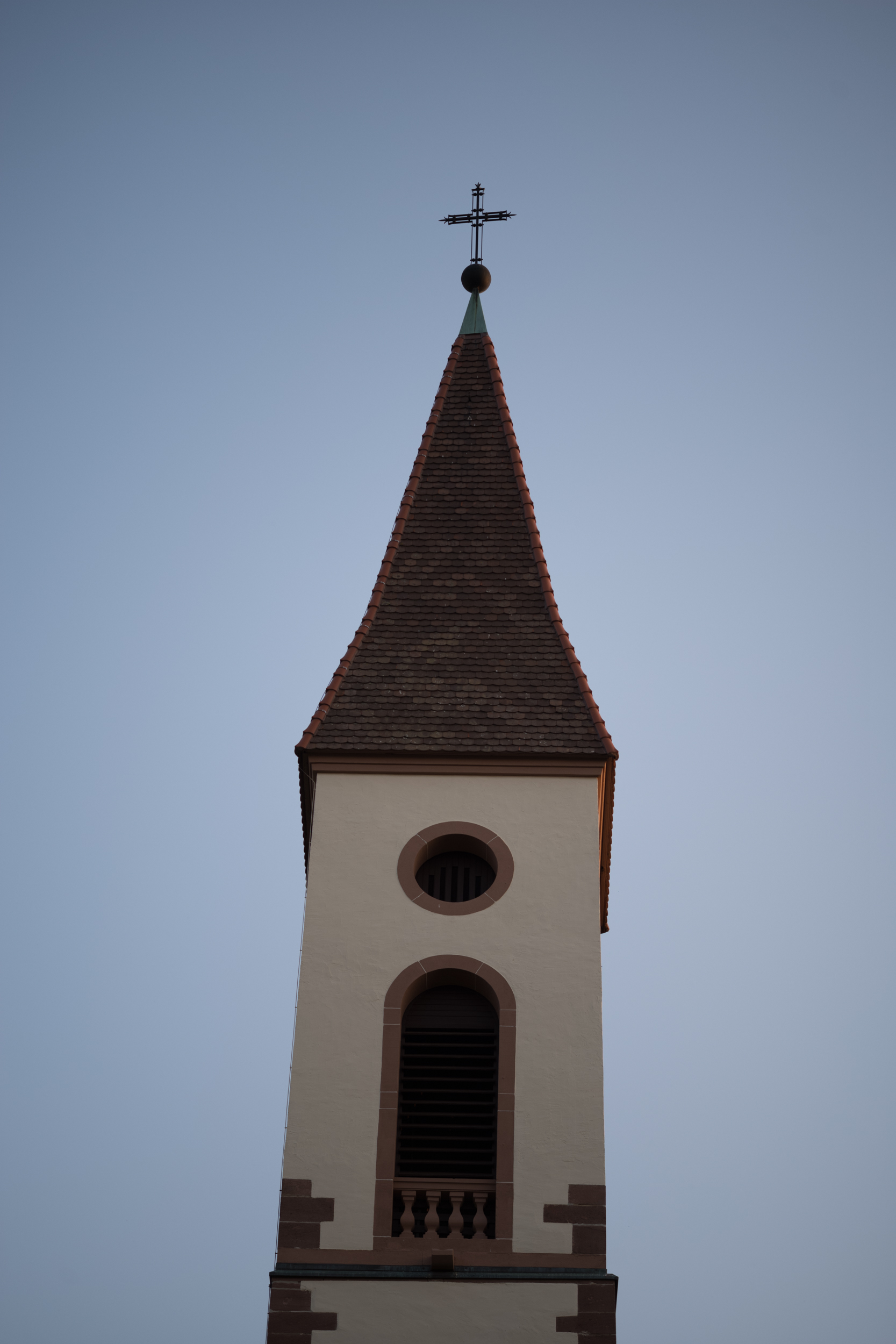
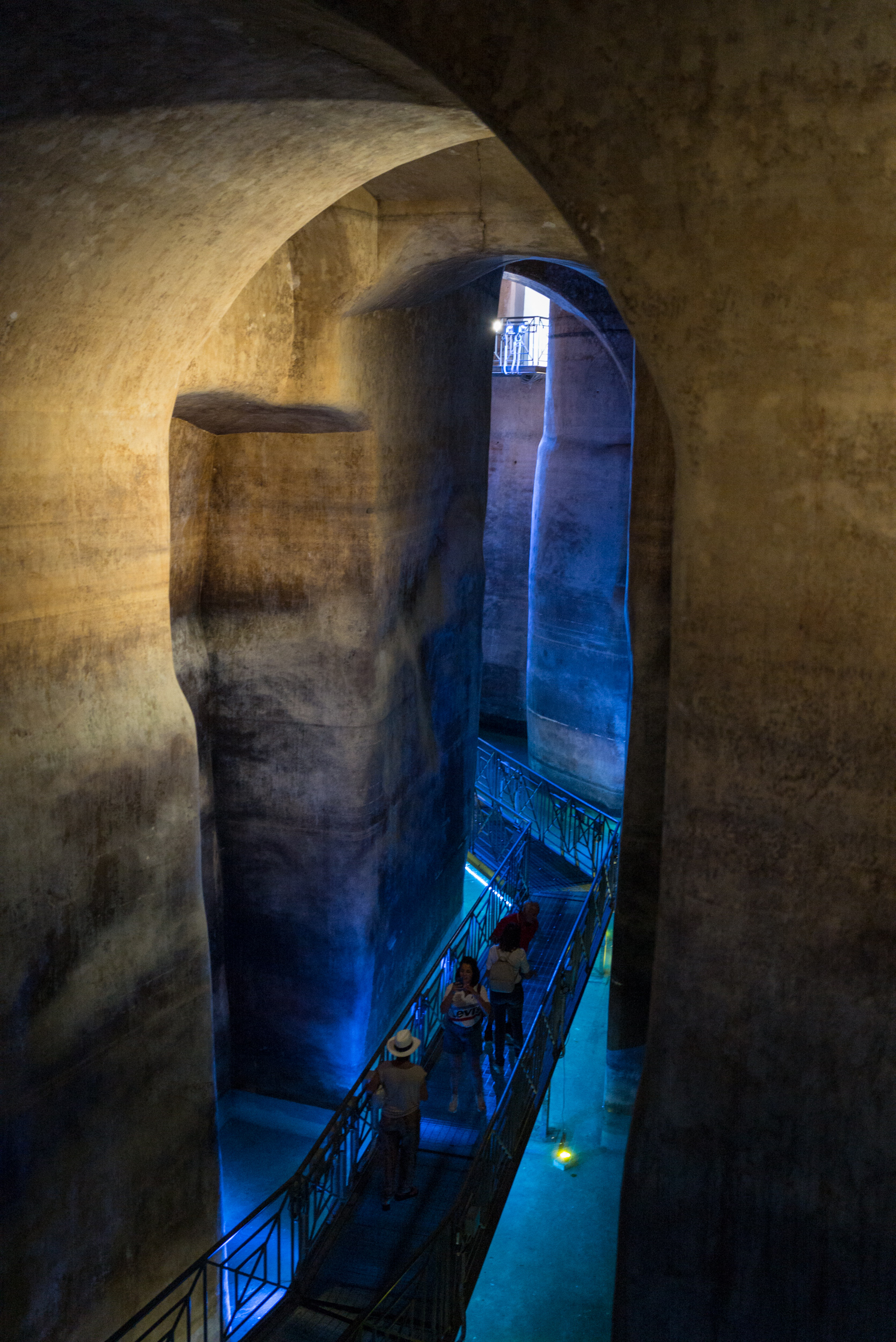
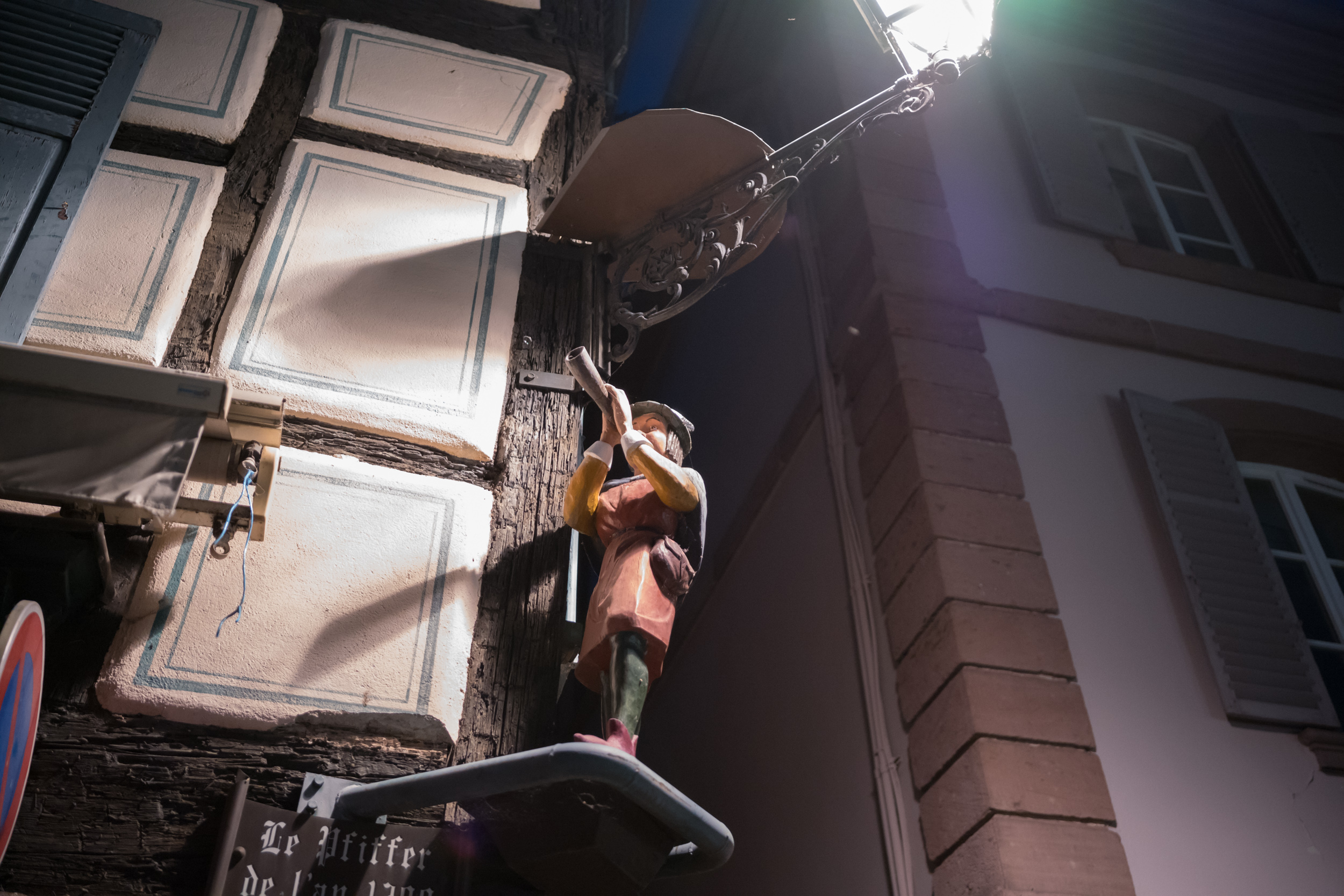
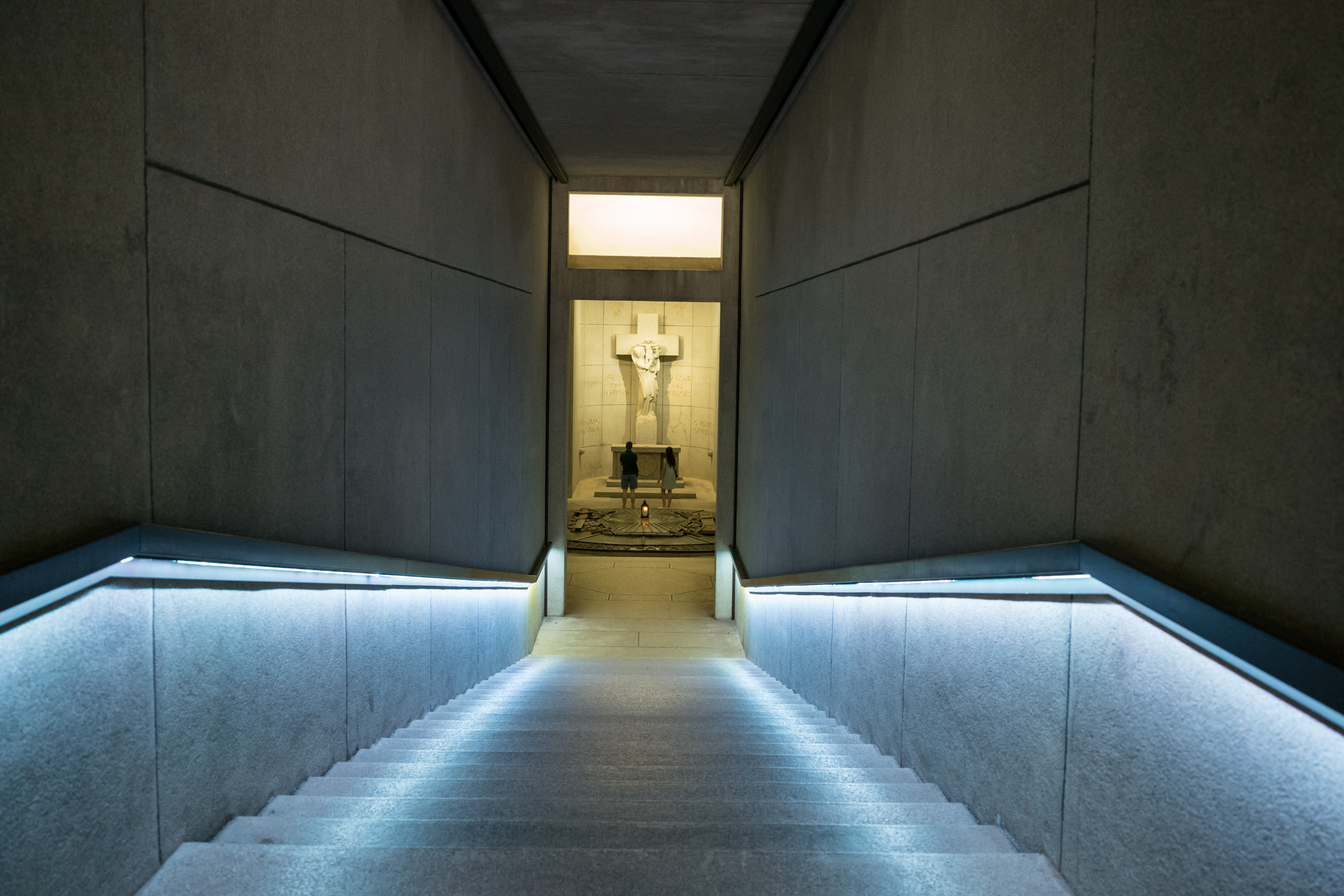


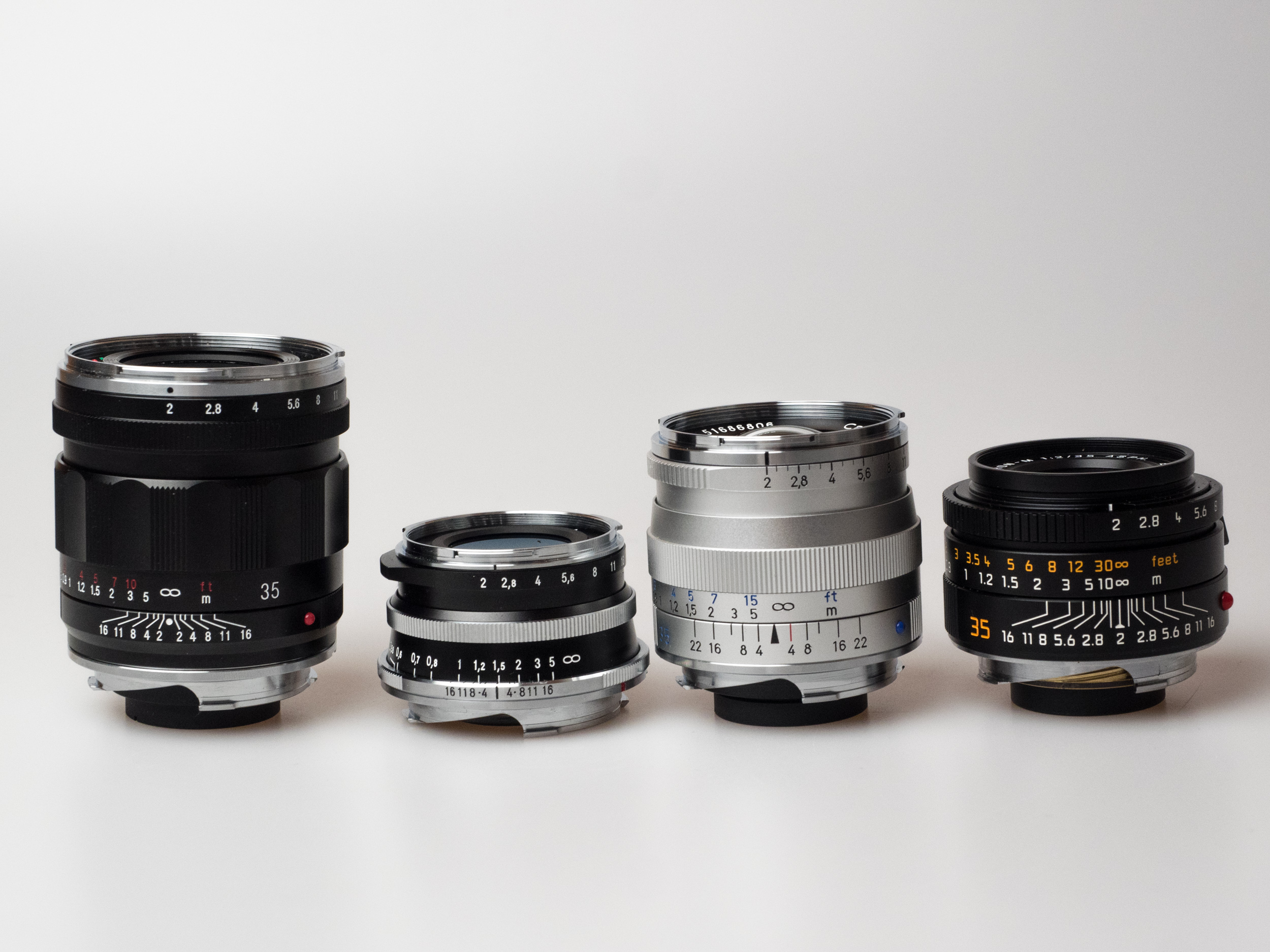
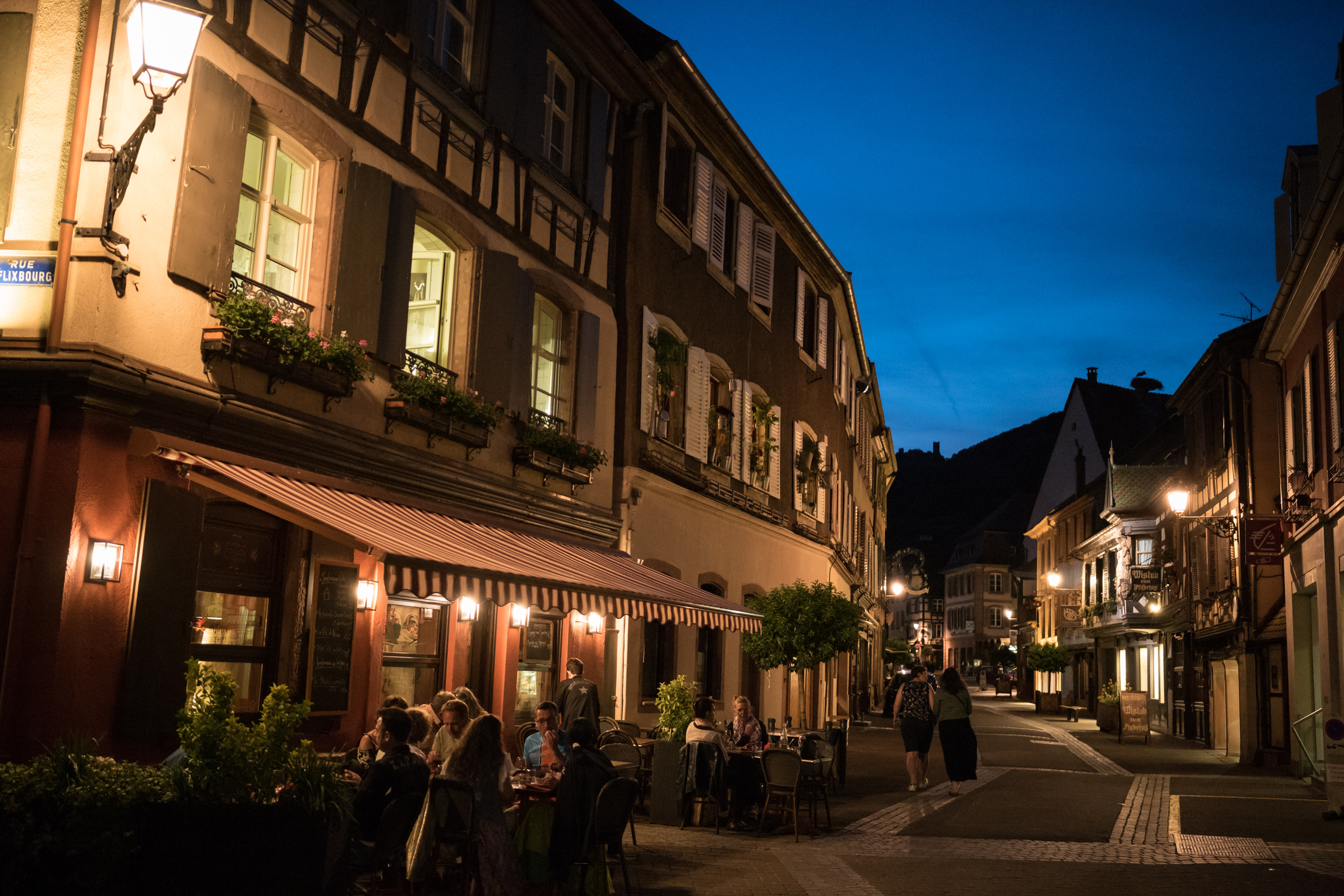
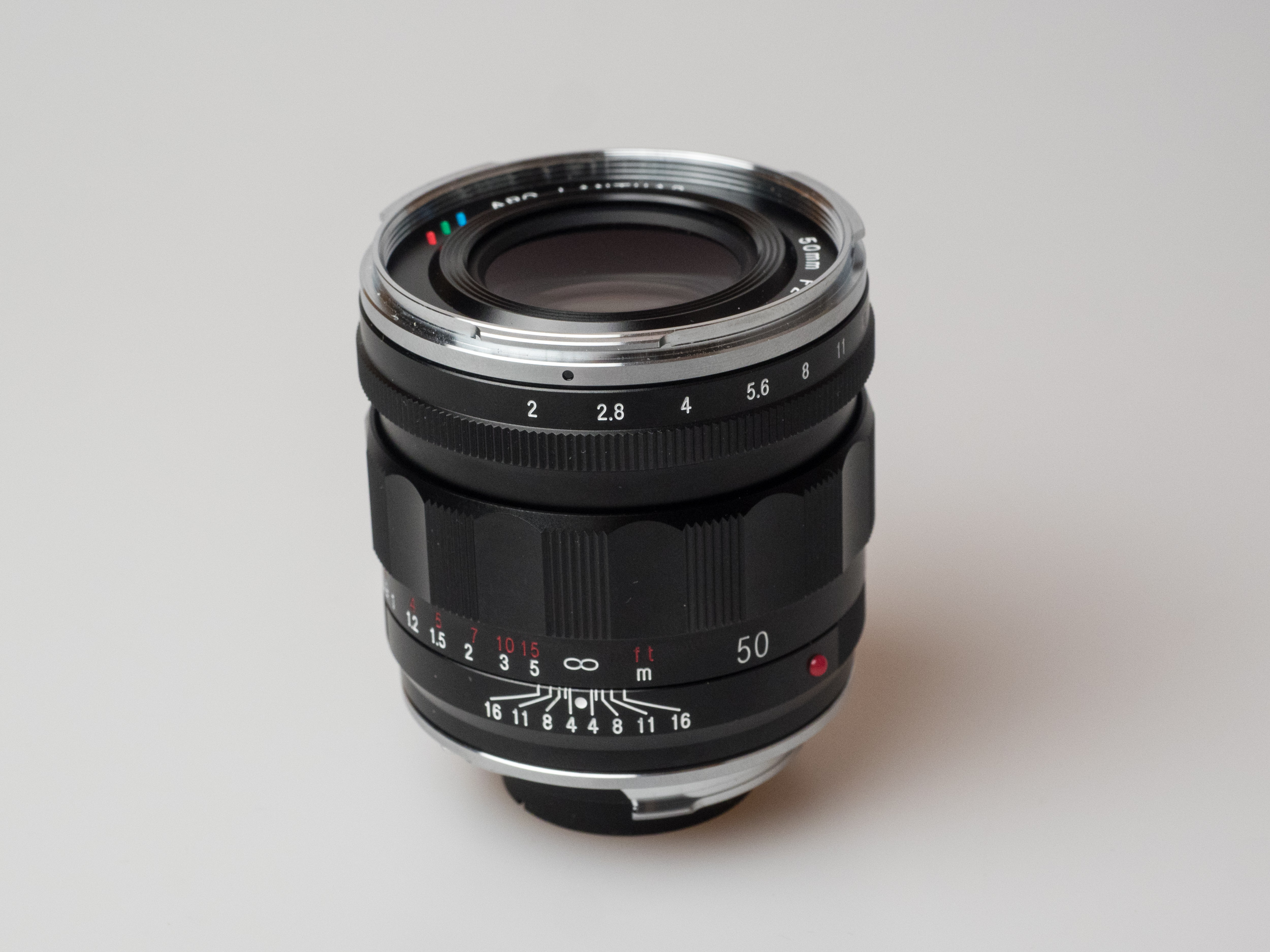
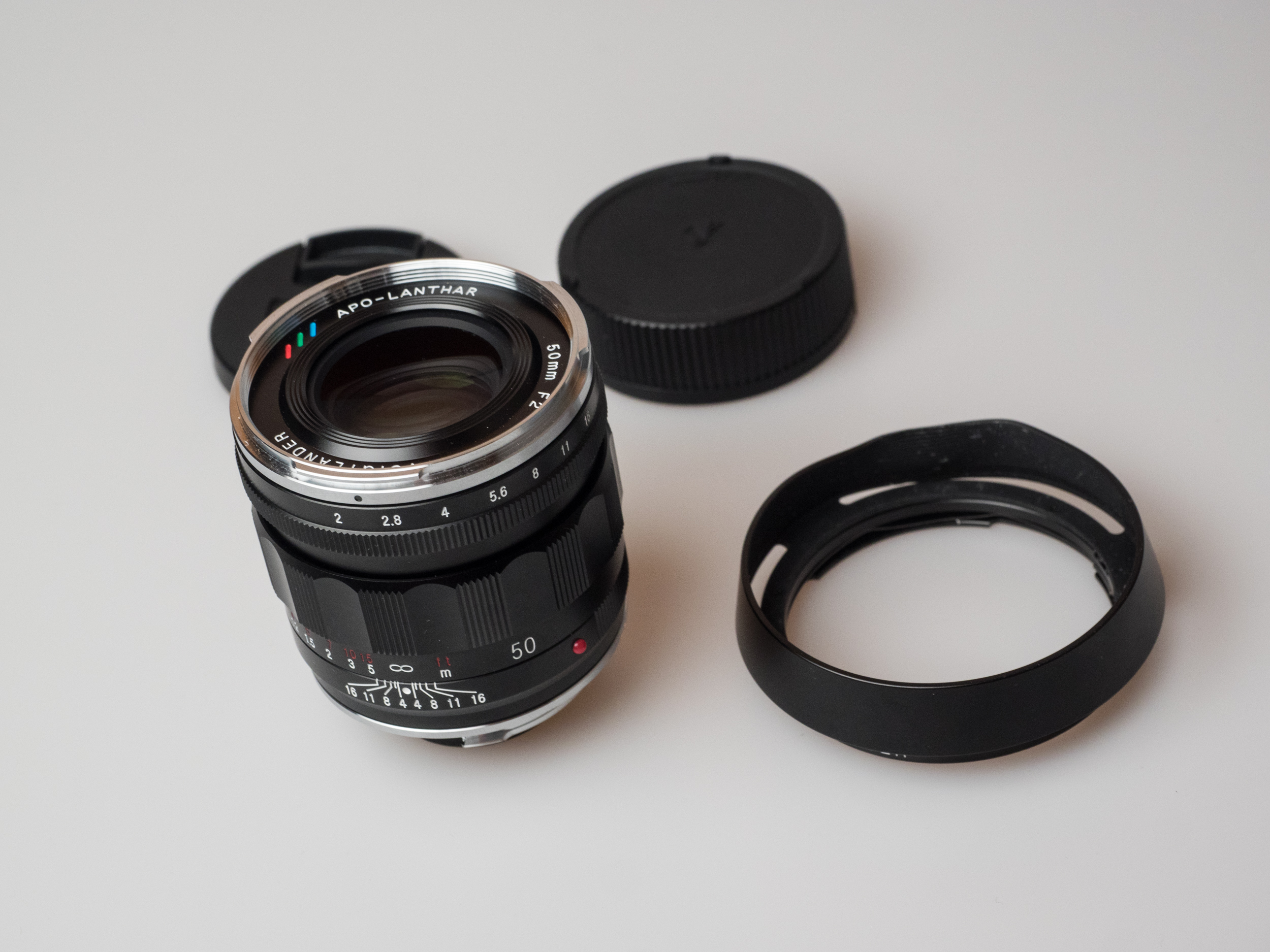
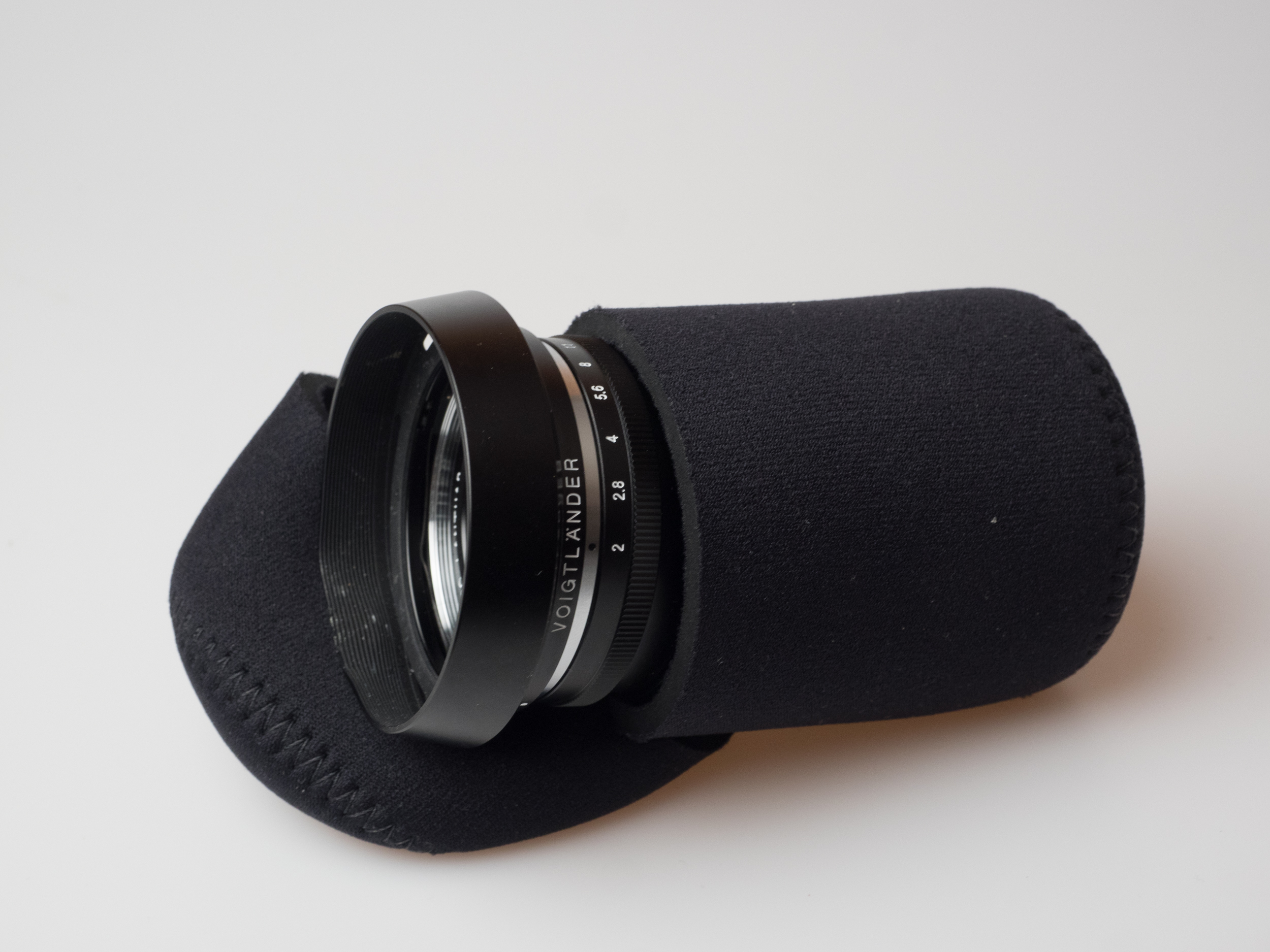
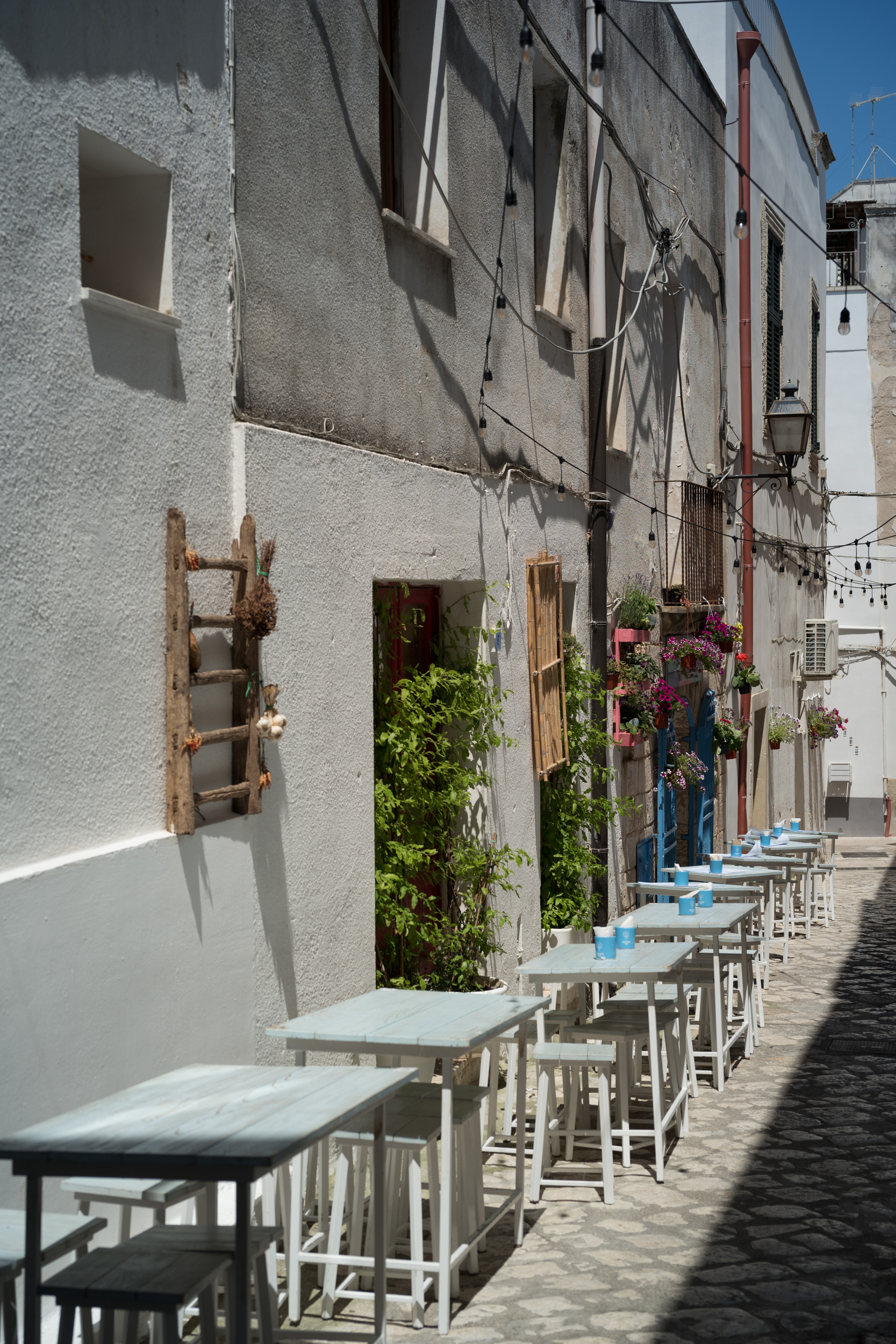

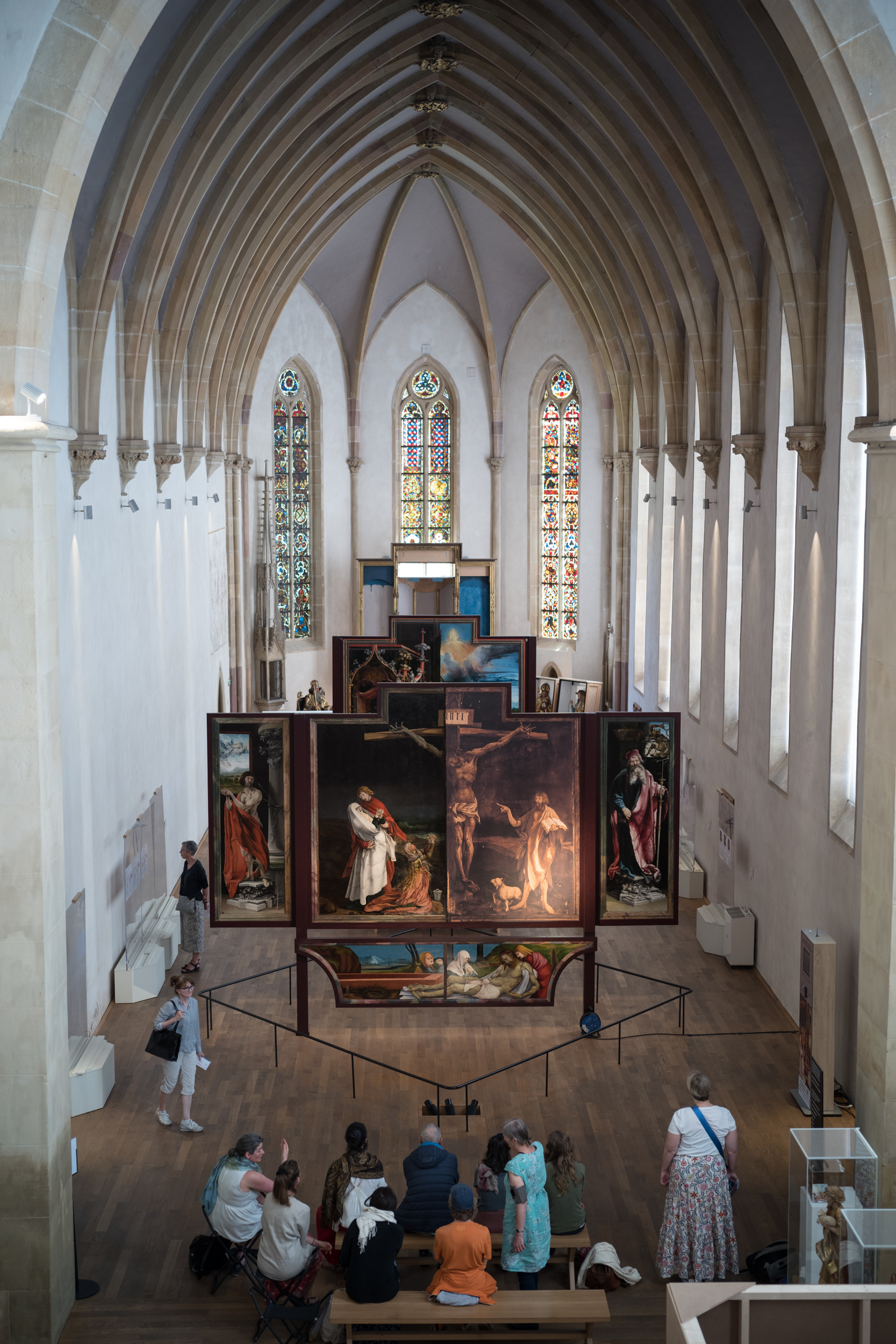
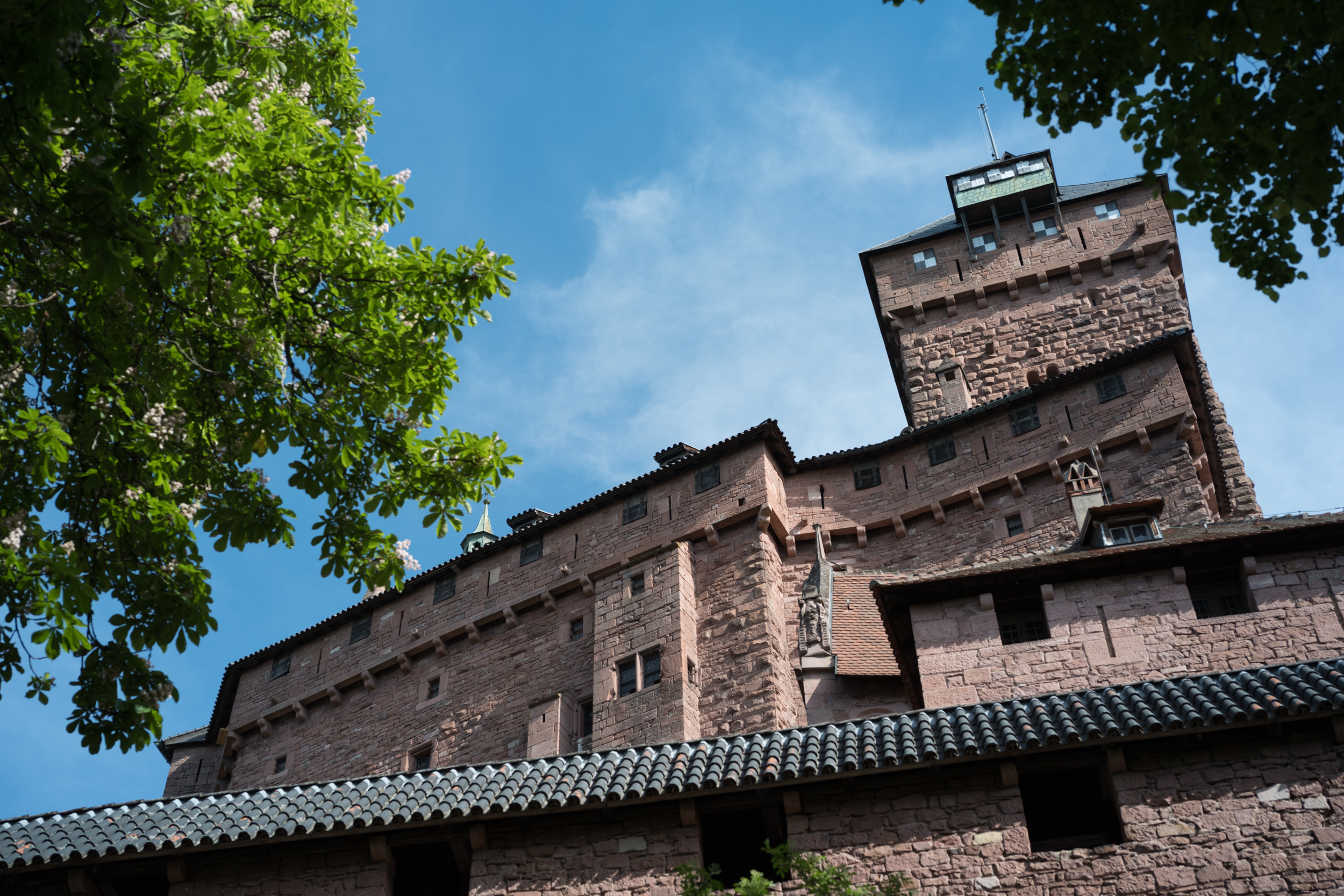
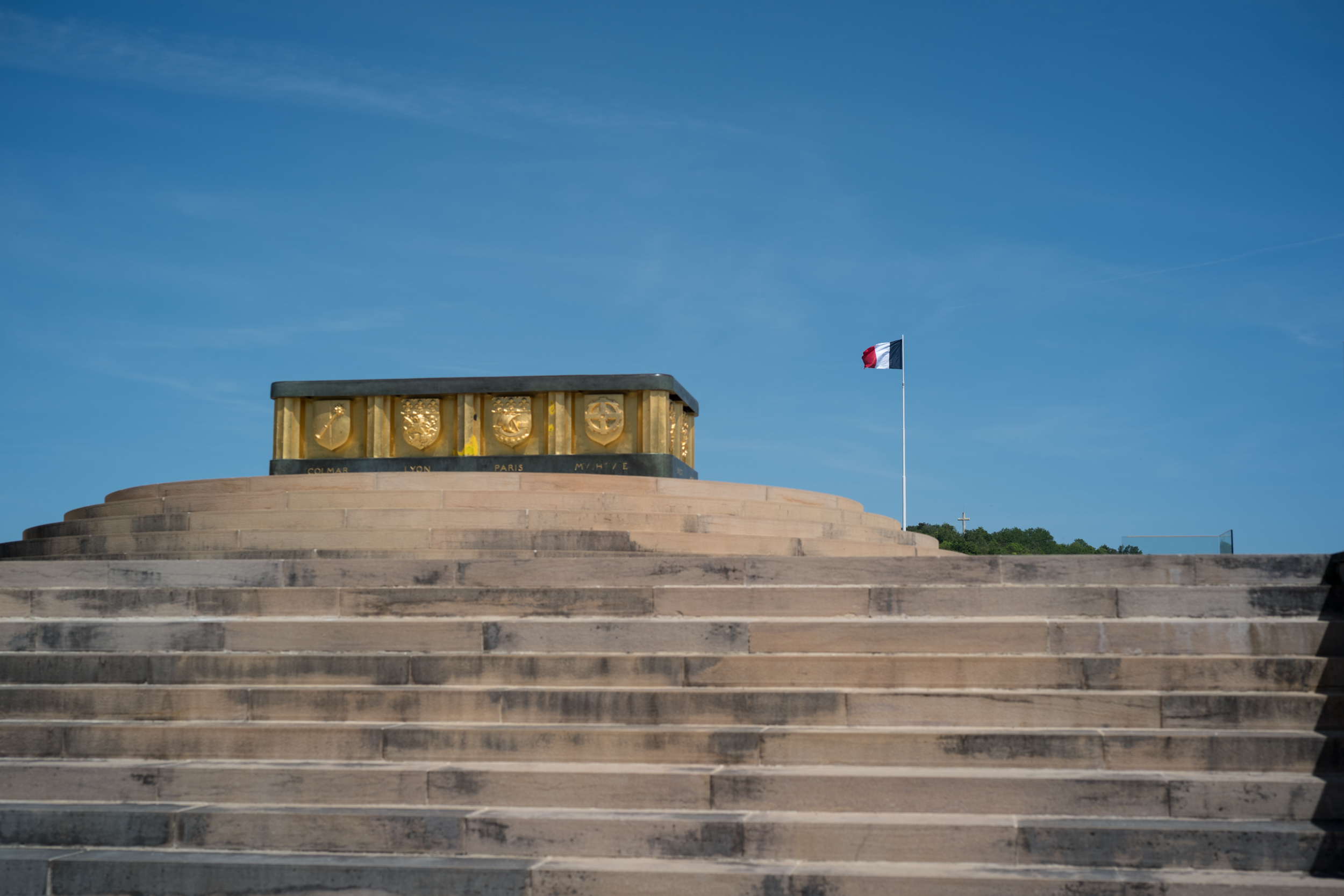
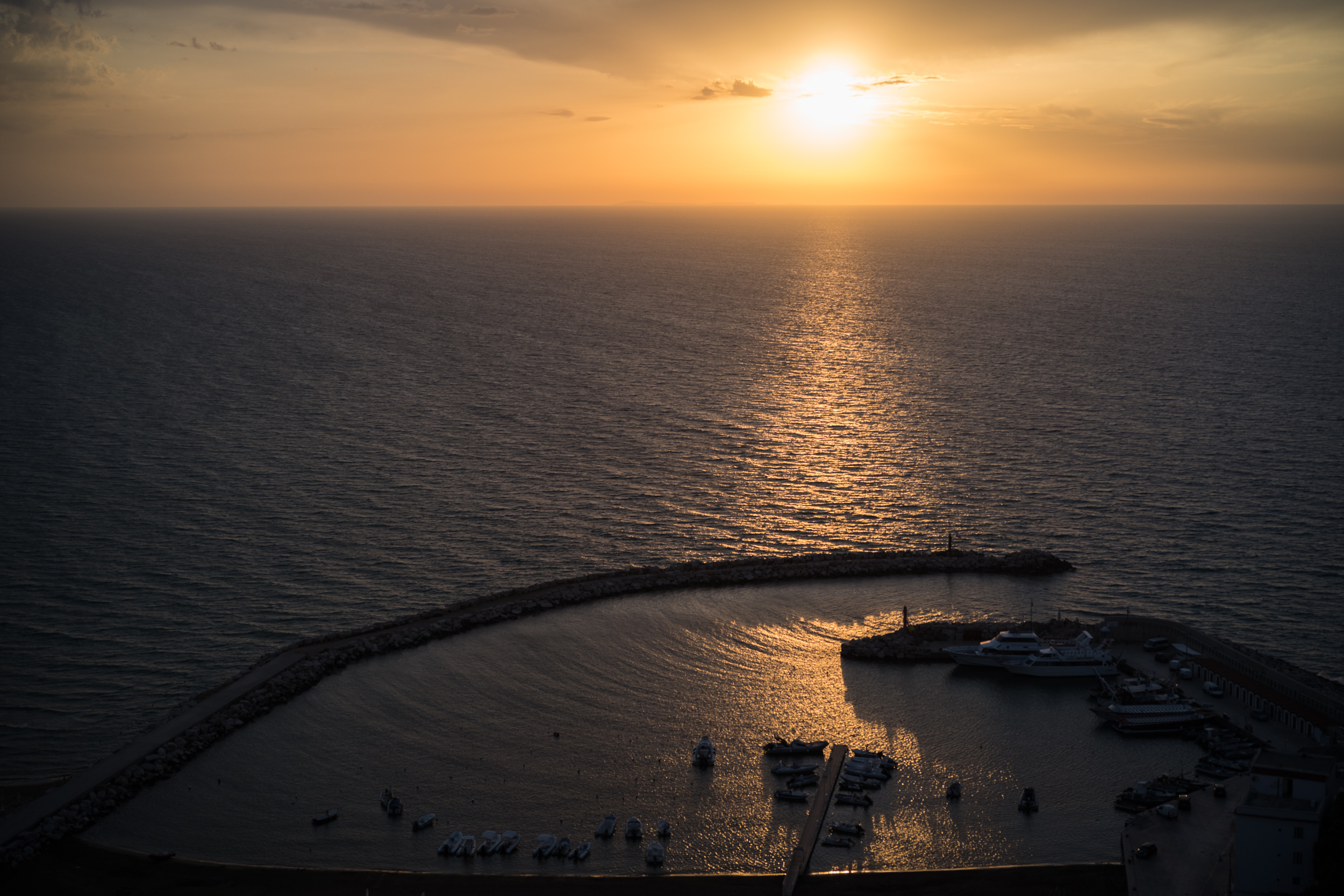
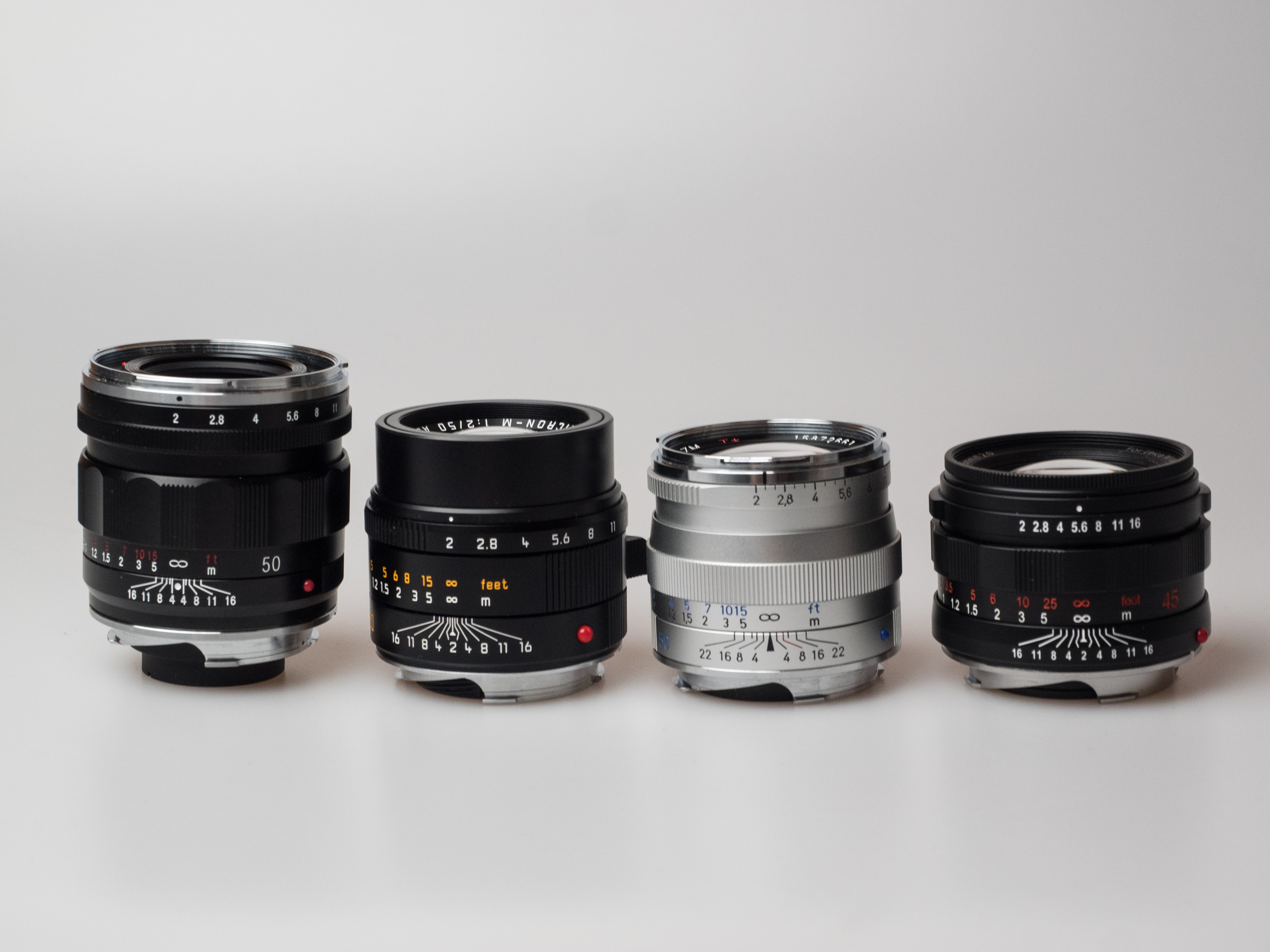
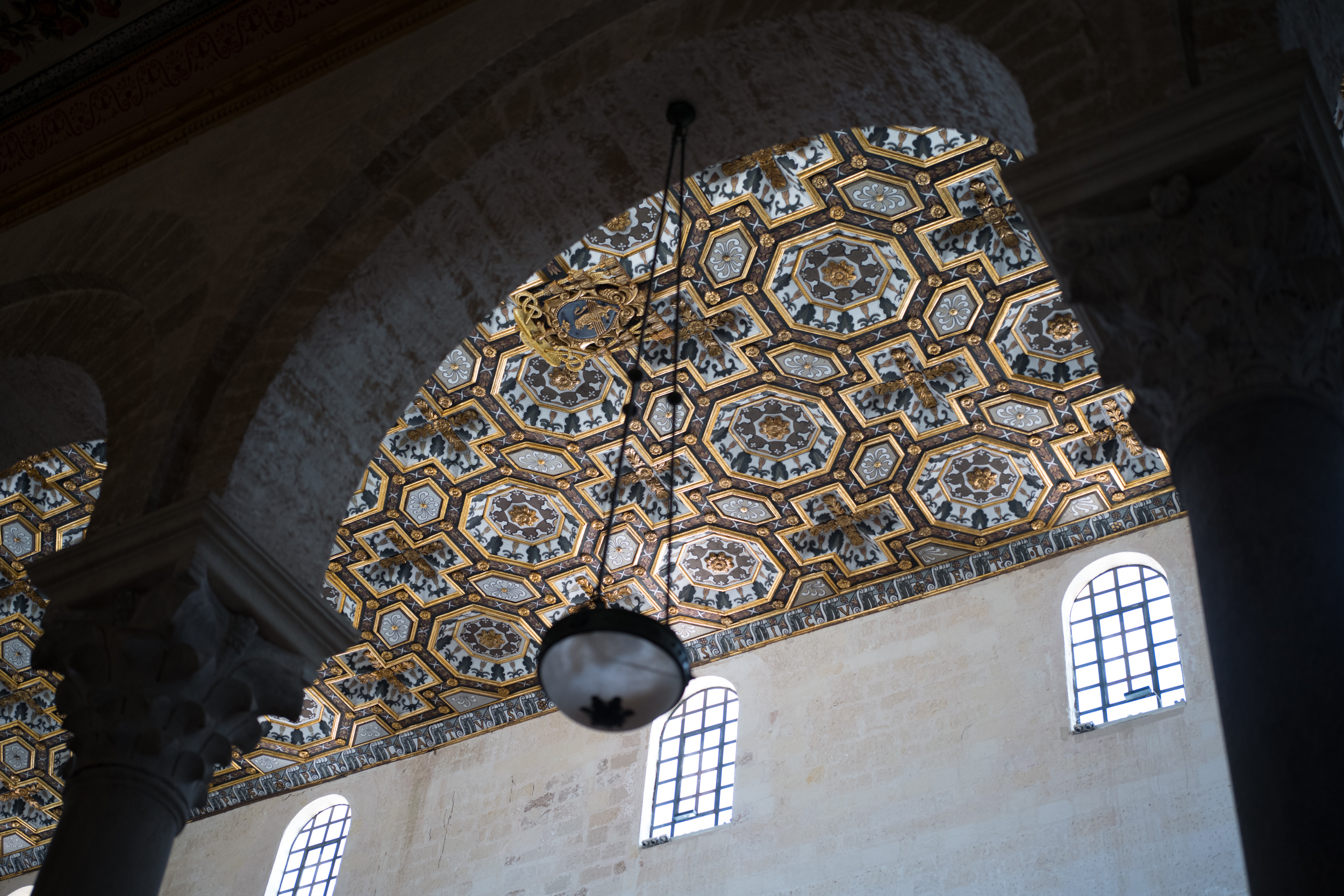
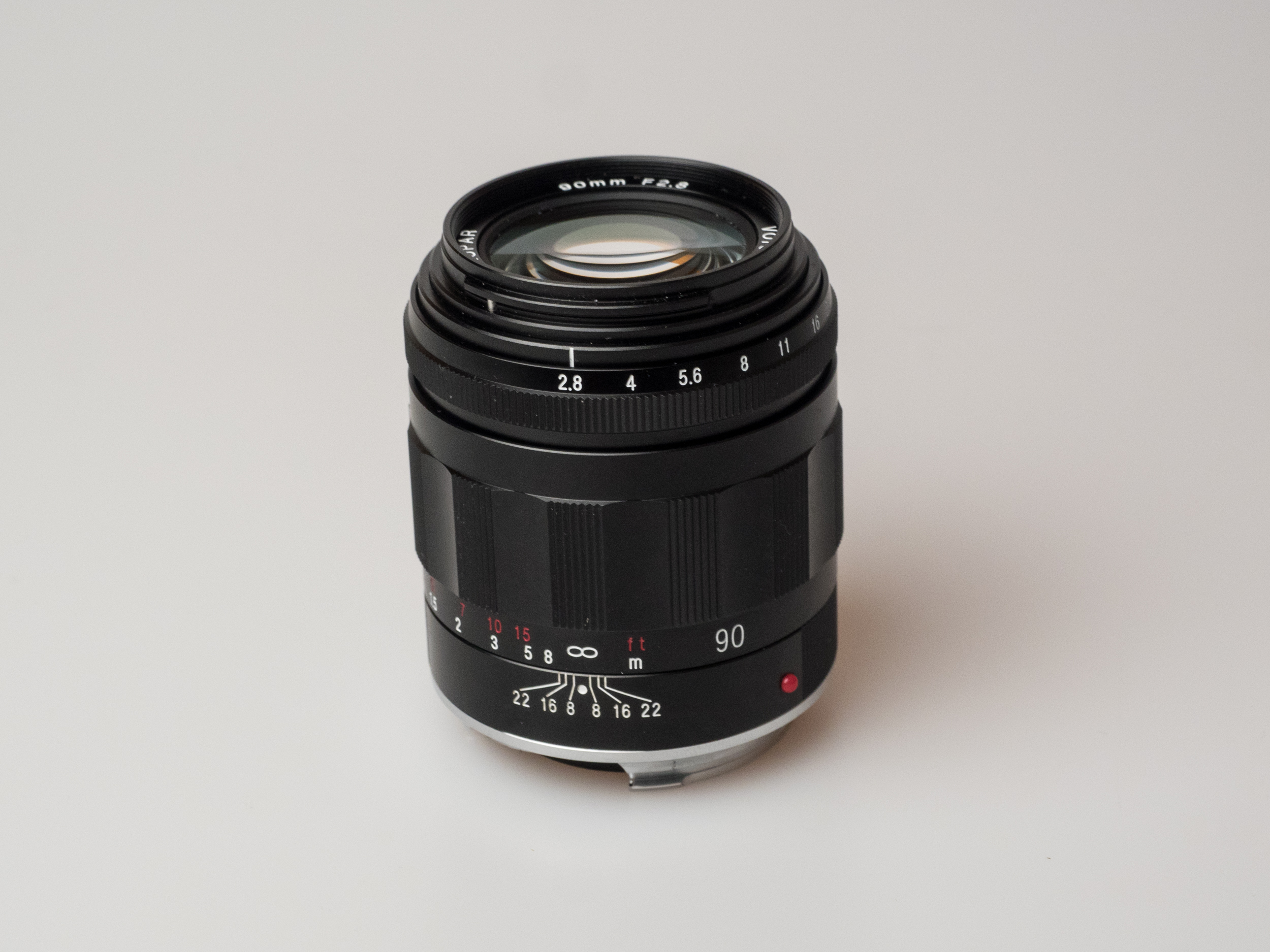
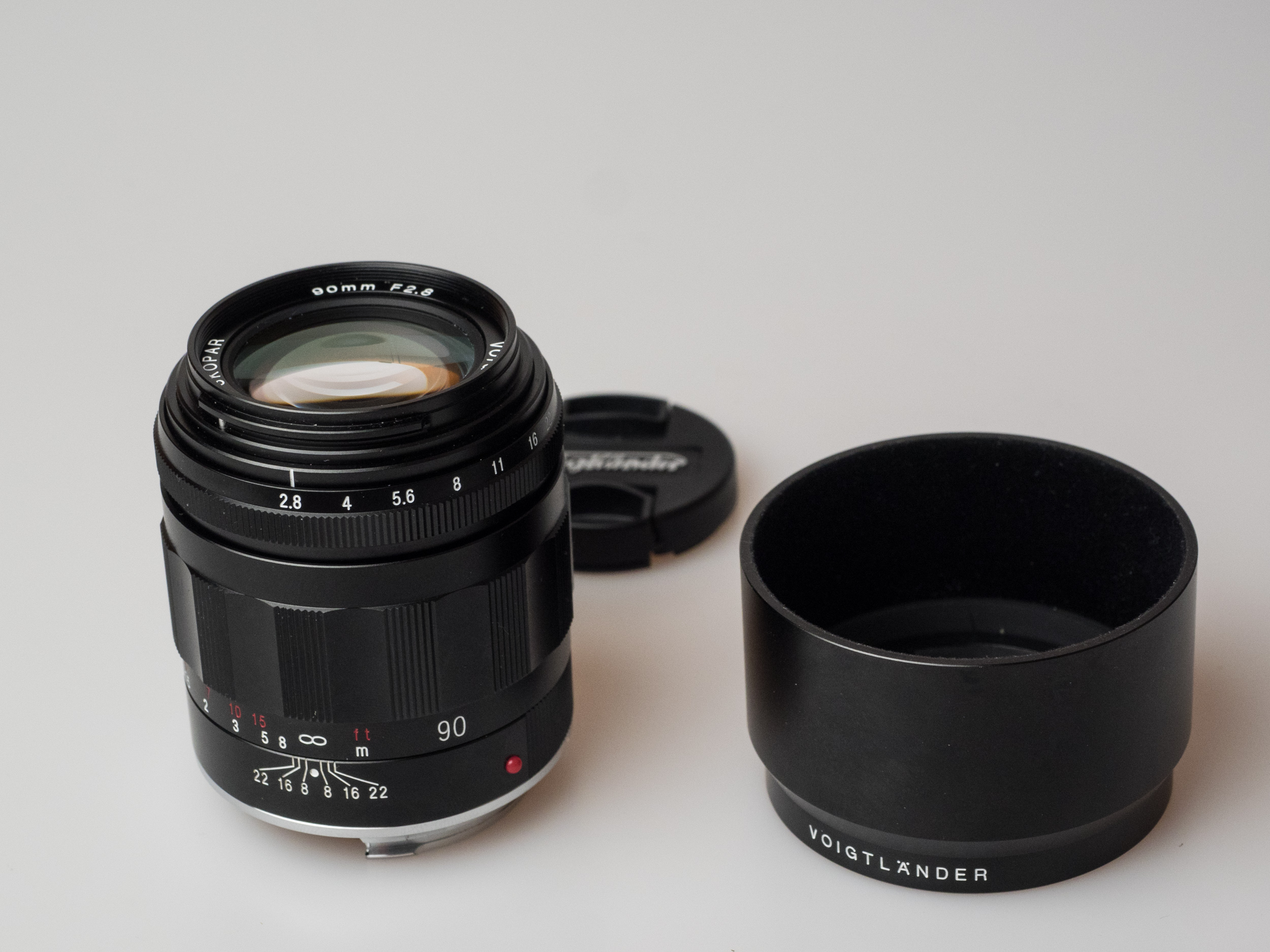

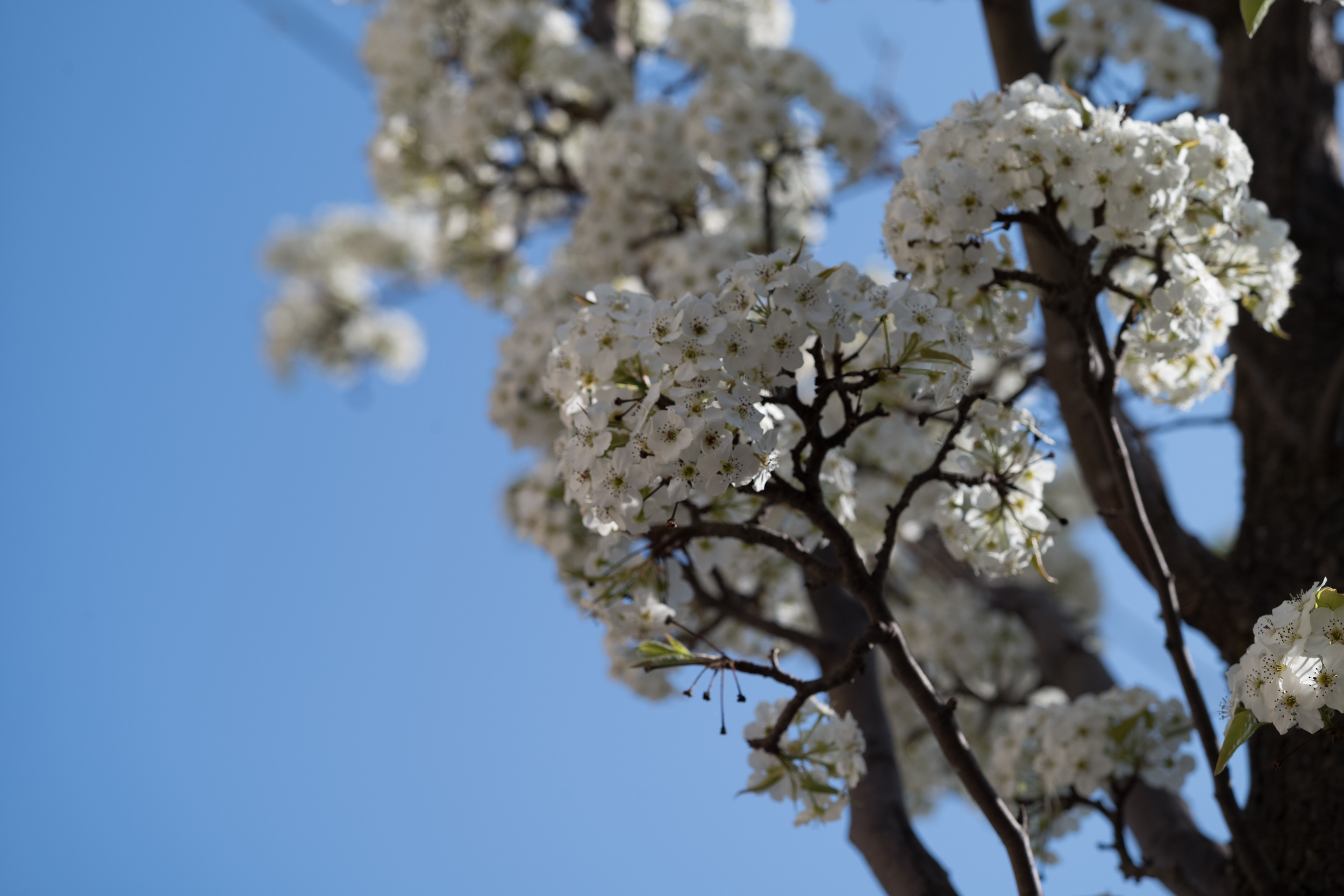
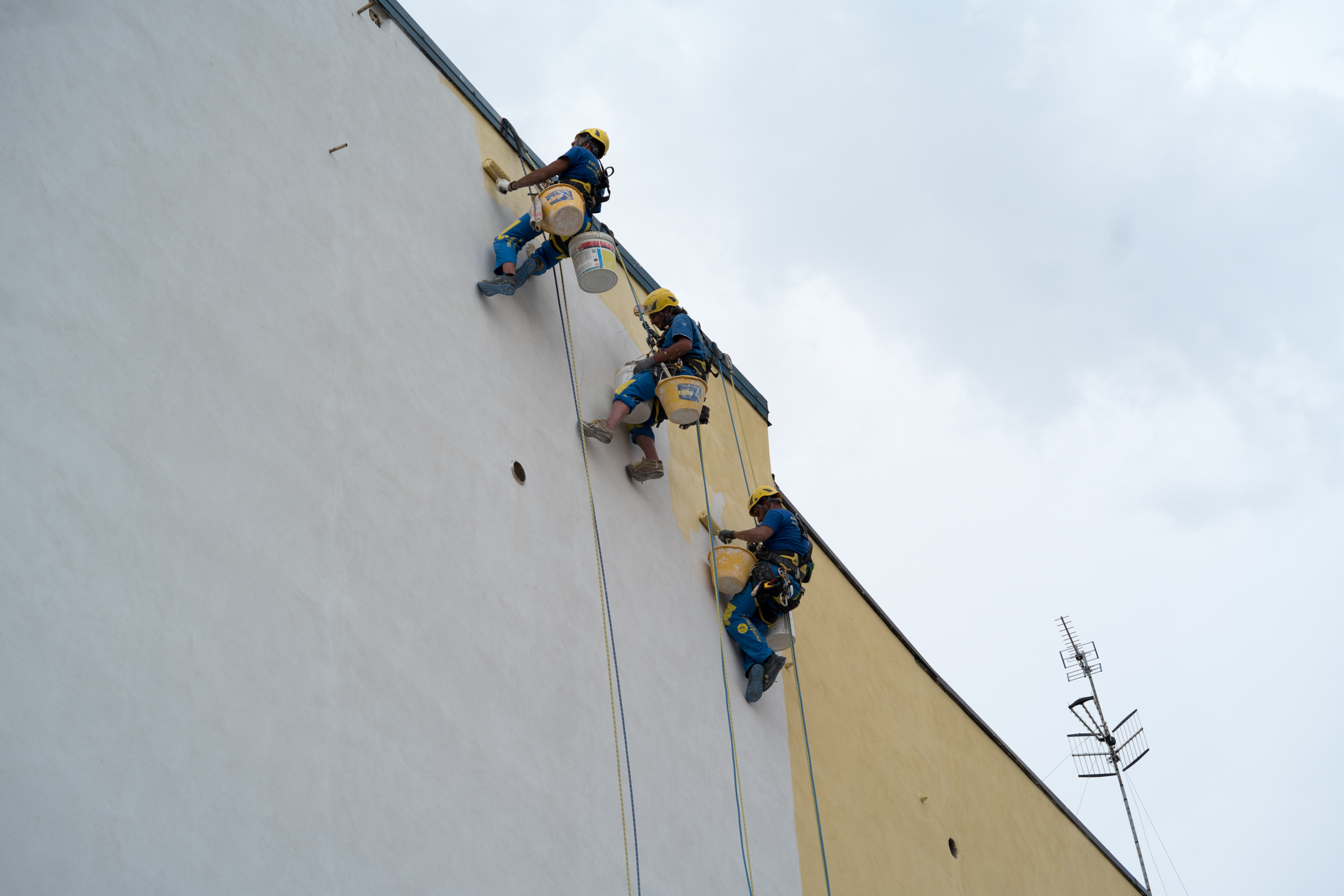
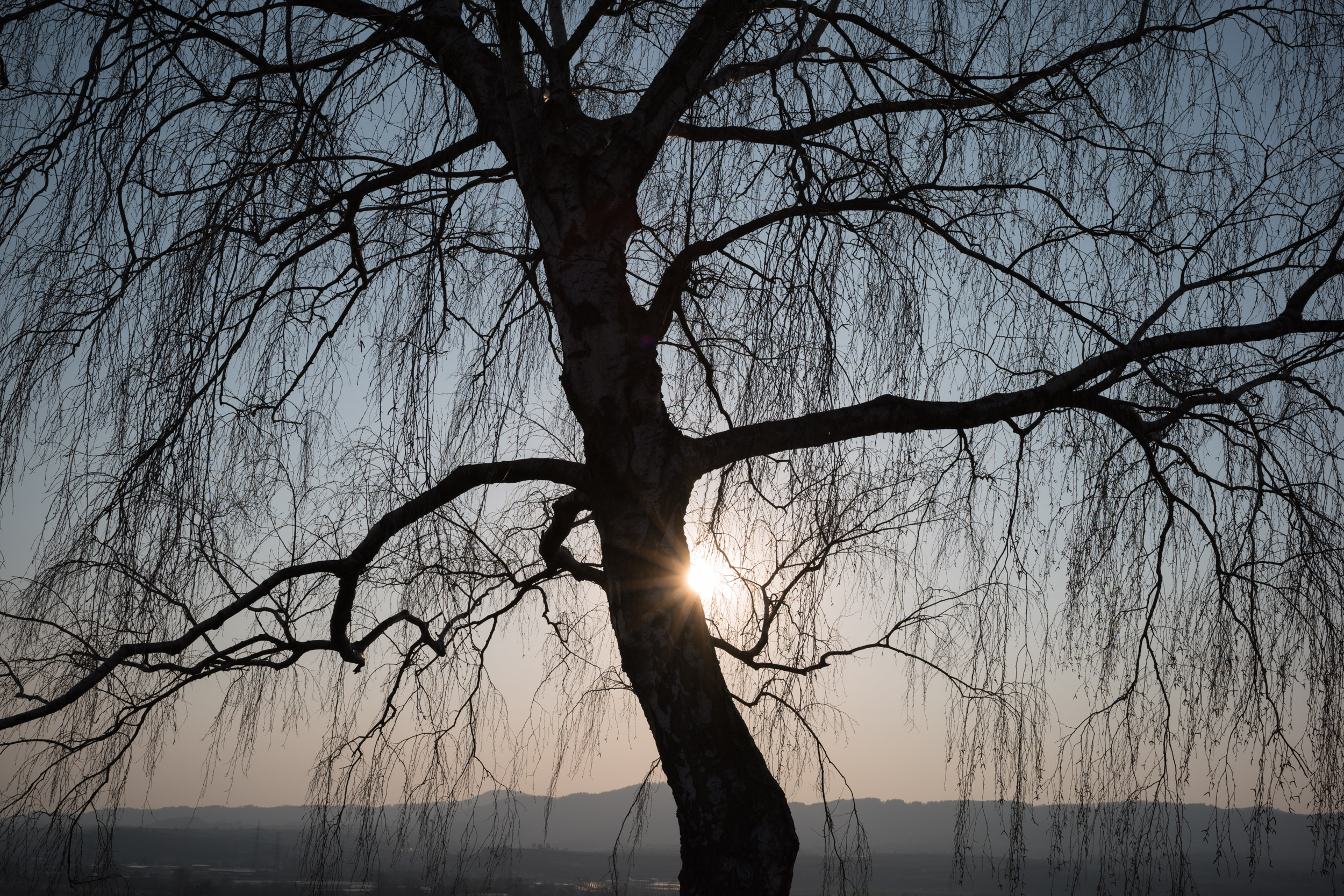
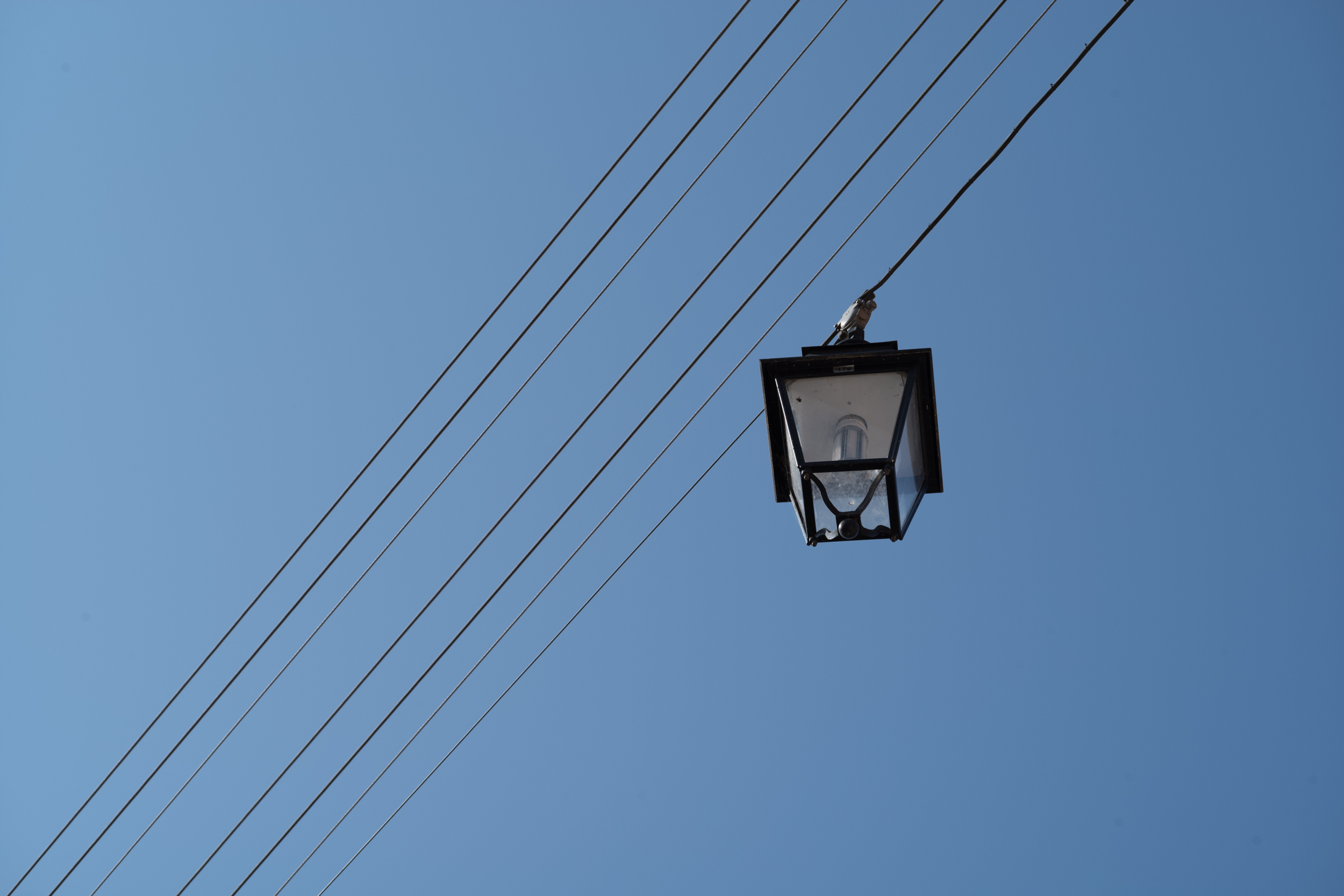
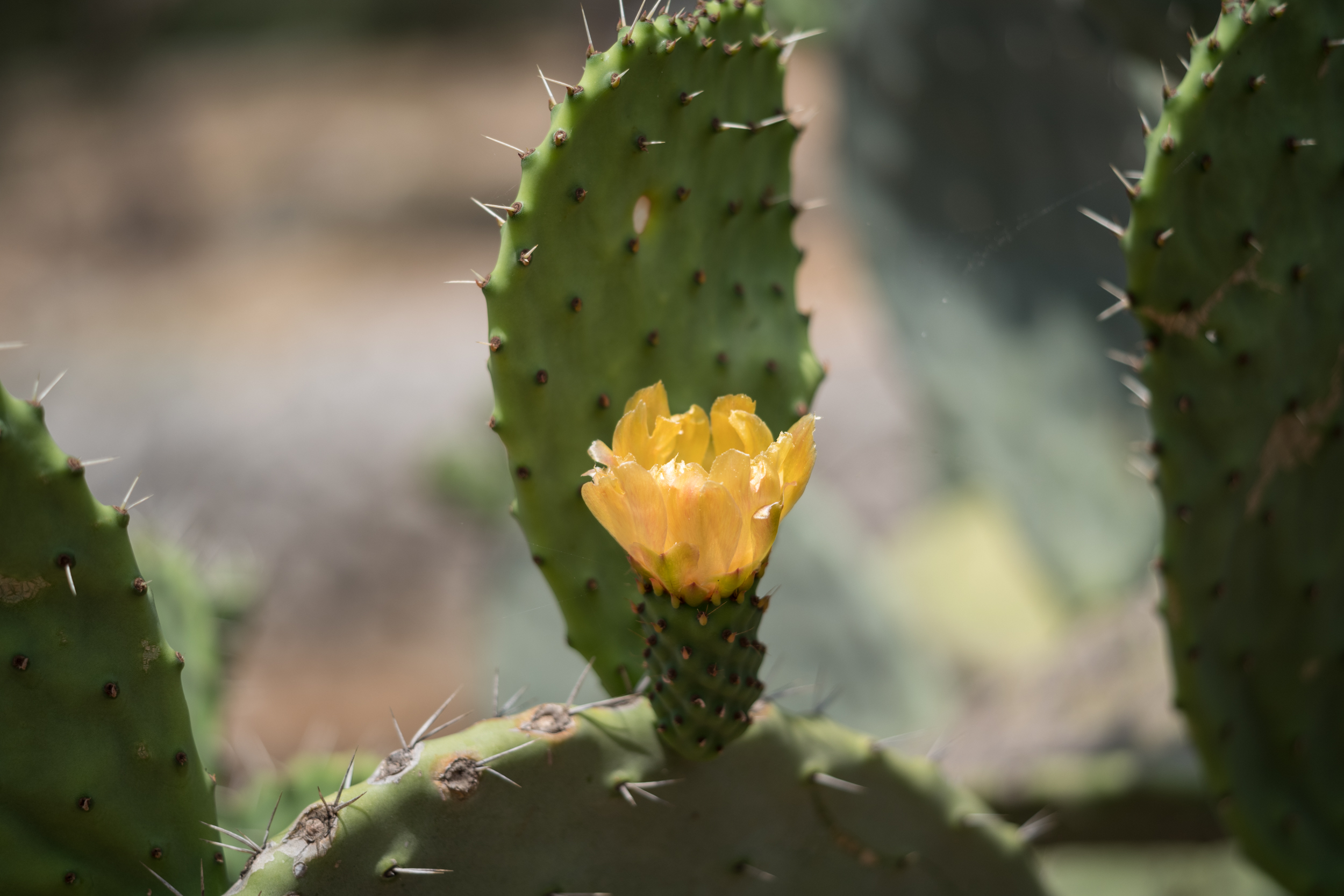


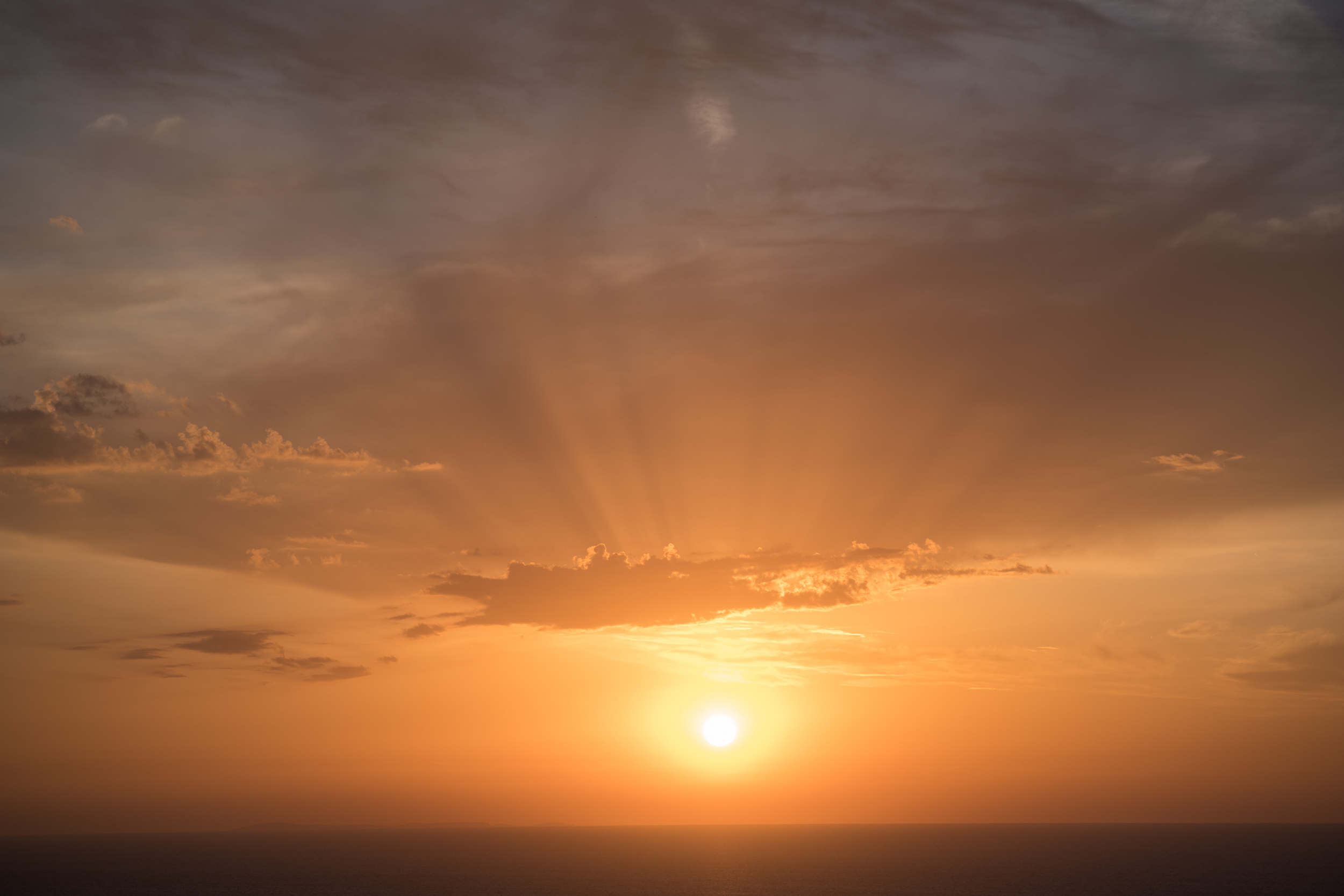
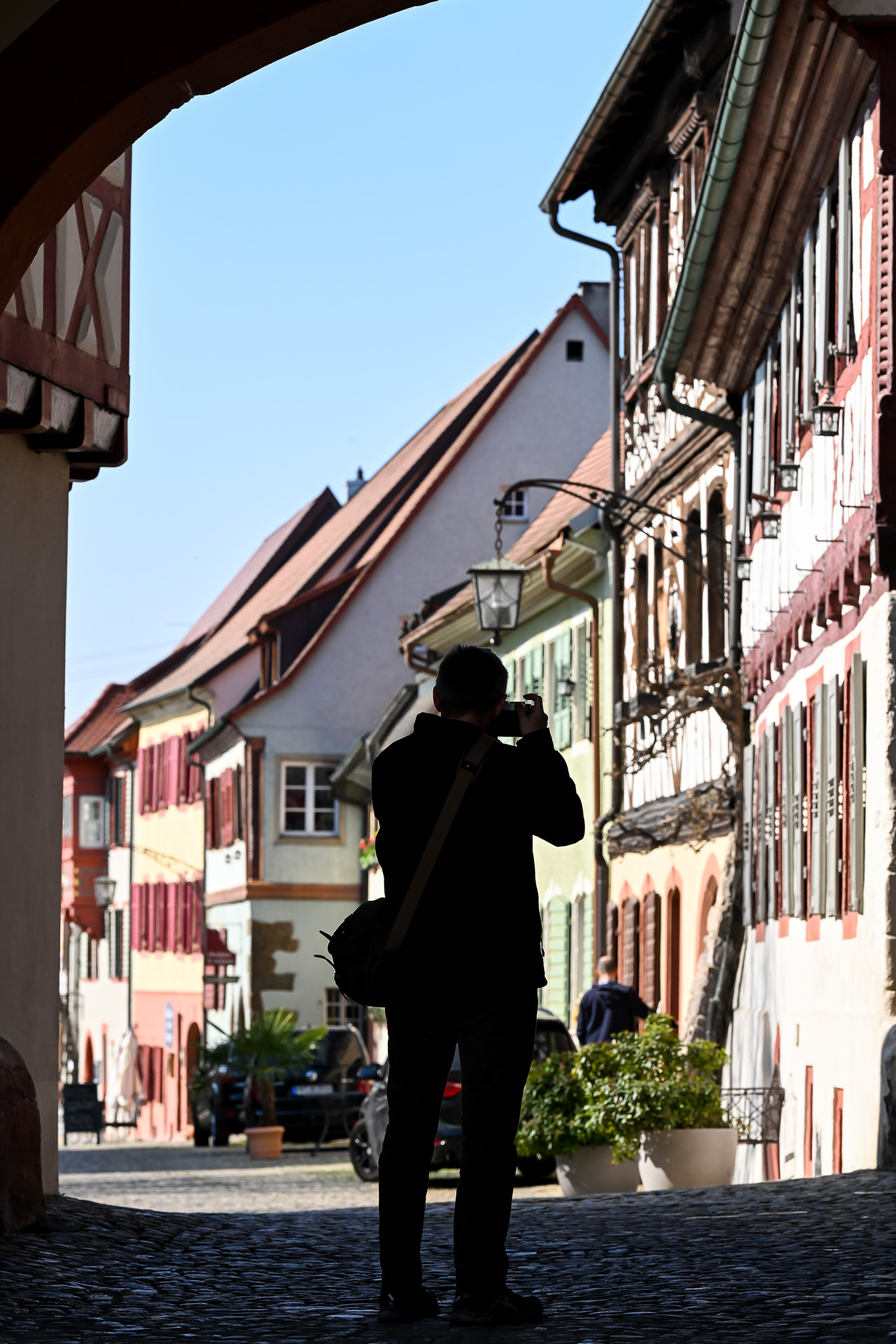




Terrific and highly extremely helpful review. My only question is where does one get a Voigtlander 90mm adjusted? I’ve read that finding someone to adjust these lenses is near impossible. I’ve just ordered one. Perhaps I will be lucky. 🙂
Hi Brandon, I hope your camera/lens combination works. Otherwise, you could try to exchange the lens for another copy. I have no idea from where you are writing, but I am sure that there are experts who can help in Europe and the US. Have fun with the lens, and I’m glad to read that you liked the review. Please don’t hesitate to peek into the other episodes of the M Files!
Great review. I have and regularly use all 3 of these lenses. While I have several expensive Leica lenses (ie noctilux 75mm, summiluxes, and noctilux 50mm f1.2 reissue), I have held back buying the Leica APOs because the Voigtlander APOs are just so good. I feel that some may avoid the 90mm because of the difficulty with the viewfinder or the slow speed. I would highly recommend the 90mm as it is very compact, you can focus well without the need of a viewfinder magnifier or the visoflex, and the 2.8 is more forgiving for critical focus and for subject separation at 90mm.
A bit randomly, but on the subject of Voigtlander’s superb quality, I sold my 50mm f/0.95 noctilux after using the new Voigtlander 50mm f/1.0. The image quality is spectacular, not APO or noctilux 75mm, but astounding.
Finally, I have compared my SL2 shots with these Voigtlander APO lenses against their equivalent Leica APO-Summicron-SL lenses (absolute benchmark lenses) and they are very close this level of resolution on the same camera. Fairly impressive for smaller lenses at such good prices.
Thanks, Adam, for your feedback.
It’s great to read that you are happy with these lenses. I really liked them, too, with the massive finder blockage of the 35 as the only real downside (poor adjustment of the 90 left aside). It seems you are using the Voigtländers on an SL2 – so there is a proof that they support far higher resoulutions than the 24 MP of the M10 and the SL (601) on which I worked the three lenses. And I fully agree: f/2.8 might even be the sweet spot for a 90 for exactly the reasons you are mentioning. – The new 50 f/1.0 makes me VERY curious. I hope I can cover it in one of the upcoming episodes of The M Files. However, there are quite some other lenses further ahead of the queue. So stay tuned…
Best, JP
Another amazing article on the M files. I must admit I’m hooked to your series although I haven’t taken the plunge again in the RF system. Since owning the Contax G series I’ve truly enjoyed the AF lenses of rangefinder style modern cameras. I still own a Voigtlander slide projector which has unfortunately seen very little use since I went digital.
Thanks againfor this amazing series
Jean
Thanks, Jean, I’m glad you enjoy the series without being affected in the narrower sense. I mainly write these articles to inform prospective or existing users of course, but I know some others also find them entertaining and be it only to look at some pictures. I know of your Contax G past and I can understand that you are reluctant to go back to a rangefinder system that is technologically less advanced. – Your Voigtländer projector has deserved better. May you want to try out a slide film for a change. There are still some around, I wrote an article about it some time ago, but the market is declining. Best wishes, JP
Great detail as usual, Joerg Peter, and fabulous photos. The main concern I would have about these lenses is that lens designers are making increasingly larger lenses to give increasingly smaller increments of additional ‘performance’ to please people who are looking at digital images up close on giant screens. The photo above of the 35mm lenses is startling as regards the contrast in size. Leaving aside cost, have you looked at making an increase in size v performance gain matrix of some kind? I have a Leica 35mm Summicron which I have used for the past 13 years or so. It is a superb lens and I would need a lot of convincing to swop it for the enormous APO Lanthar. In fact, I’m not sure that I would want to be carrying around any 35mm lens of that size. This is a general point and not just related to 35mm lenses. The same would apply to 50mm and 90mm lenses. We have long since gone past the stage of lenses that are good enough for most people’s requirements.
In fact I will finish here by telling a story about non Leica lenses on Leicas that go back between 85 and 95 years.
The very first fitting of interchangeable lenses on Leicas in the late 1920s was not done in Germany, but rather in Britain where dealers, such as Sinclair, fitted interchangeable British Ross and Dallmeyer lenses, generally small telephotos, to I Model A cameras to go along with the existing Leitz 50mm Elmar lens. This was before the introduction of the Leica I Model C in 1930. I have had a standardised I Model A with a (3″ = 75mm) Dallmeyer lens for some months and I took possession of a Standard with a Ross (4″ = 100mm ) lens yesterday. I did a quick test using both lenses fitted via an adapter on an M10 and the images I got were lovely, considering that the lenses are between 85 to 95 years old. The point I want to make as well is that the lenses are absolutely tiny. OK the Ross is an f5.5 and the Dallmeyer is an f 4 C mount which gives minor vignetting. However also in the late 1920s a German man near London, called A.O. Roth, fitted the Meyer Kino Plasmat 1 and 5/8th inch f 1.5 lens (designed by the legendary ex Zeiss lens designer Paul Rudolph) to the Leica I Model A which was of a reasonable size given its speed, which then probably made it one of the fastest lenses in the world. A lot of people suspect that Leica learnt a lot about interchangeable lenses from the British based experimenters in the late 1920s. As for a Kino Plasmat on a Leica finding one would be like finding the skin off a hens’s tooth! I’m sorry I’ve drifted ‘off point’ here, but I am making points about size and ‘good enough’ performance. I’m also making a point about fitting non-Leica lenses to Leicas, which goes back a long way.
I will send Mike and yourself photos of the two cameras/lenses and the photos I took with the lenses yesterday and you can judge for yourselves.
William
Hi William, I do not pixel peep except for checking if the lens is centred when I receive it. I do see dramatic differences with APO lenses colour and fringes against contrasty edges and so on. However, Leica lenses are often much smaller than equivalent non-Leica lenses due to more costly deigns, much tighter tolerances required, and much more careful manufacturing required. The Voigtlander VM 35/2 apo and 50/2 apo are similar overall in performance to the Leica equivalents but are significantly larger but also a fraction of the price. The Leica m 50/1.4 is a tiny jewel of a lens as another example. Luckily, we all can pick our poison based on size, what we can afford, rendering, old wives tale belief in only Leica glass is quality, old wives tale that only a Leica lens should be on a Leica, and so on.
Also, for general information, one should never underestimate the higher costs of manufacturing the tiny Leica glass.
The Summilux 50 is one of my favourite lenses, even though I have the somewhat heavy chrome and brass version, but size-wise and weight-wise that is as far as I want to go. The Summilux is also now worth about €1,000 more than I paid for it. At 73 I no longer have the desire to lug around heavy cameras and I have never pixel peeped, I just judge any lens by the normal image that I see. It is a pity that I cannot post photos here but the two 85-95 year old lenses, which I mentioned above, produced lovely images on test shots with the M10. I might do an article, but there are copyright issues (too difficult to explain here) with some of the material I might want to use to go along with my photos. As a collector, I acquire all sorts of lenses without any intention of subjecting them to ‘normal’ use. My most commonly used lenses on a digital M are a 24mm Elmar, a 35mm Summicron, a 50mm Summilux and a 75mm Summarit. These are all superb and compact lenses and I would not really need or want anything larger or, indeed, anything else.
William
Hi, I also own the 24mm Elmar. I love that it is so tiny and I find its rendering gorgeous. The summarits were under appreciated lenses. Leica poorly marketed them so people thought they were not a prestigious Leica. It is too bad they got discontinued as they had a lovely rendering. I have just put my amazing Leica m 21/3.4 up for sale on ebay as I have reduced my kit and prefer the 24mm focal length for most situations.
Dear William, fully agree on the Summilux 50. This one is great. The Voigtländer APO 50 is pretty much the same size and weight as the recent black version of the Summilux. But, sure, the Leica is a full stop faster and offers a more beautiful rendering (for my taste). JP
Buying a Voigtlander lens you pay just for the lens. When you buy a equivalent Leica lens, just the Voigtlander price is what you pay for the lens; the rest is for the brand
Fully agree with your first sentence, George. Half agree with the second. You do pay extra money for the brand in case of Leica but I don’t think it’s the whole difference between a Voigtländer or Zeiss and a Leica lens. JP
That’s weaving fine, JP. My only Zeiss lens got fatally blocked to become rubbish. My Nokton sails gently after decades. My Summicron became finally just ballast: too heavy and expensive to behave in society
Another attack on Leica’s heart: apparently Sigma is going to soon announce new L mount lenses: 20mm/1.4 and 24mm/1.4.
I was keenly wanting the Leica SL 21/2 and 24/2 lenses announced years ago but it sounds like they are going to be late to the party. I would be in a different AF camera system if it were not for the L mount group…
They are doing some things right but they could be doing so much better if they focused their limited resources better. I want them to succeed but I have a love/hate relationship with them. If I mention service, then communication and a few annoying things I will make this comment too long and I will feel grumpy so I will look at the half full glass and the manual I had to print for a premium product and be cheerful.
Hey, I just had a great idea to help Leica achieve another record financial year. Sell manuals that are leather (pick your options; ostrich skin, crocodile skin, endangered species bird skin), your name engraved in gold, signed by famous dead Leica street photographer, and so on). It would also be a nice to display beside your unused collector edition camera.
Oh yes, Brian, the new Sigma wid angle Summiluxes (sorry for the sacrilege) are a statement. But as you write, Leica can afford to not keep promises they once gave their customers. Just think of the APS-C desaster. In so far – all the better that we have choices inside L Mount. Panaononic have released some very nice primes as well. JP
Excellent overview. I’ve read about the front focus issues with the 90; I hope Cosina can remedy this problem in the manufacturing.
I wonder, with any of these APO lenses, if there is any benefit to be had when shooting film. I have a SL that I can use, but I prefer using my film Ms overall.
Thanks. Hank,
I will report back when/if the 90 is properly adjusted.
As to film – if you read my several The M Files articles you will notice that I think that indeed the film is the weak point in the image quality chain of analogue photography. That is, the film material itself, but also storage, processing and so one. For me, it is no surprise that short focal length APO lenses only came up with the super high resolution sensors. Technically, they could have been designed and manufactured 25 years ago as well. But back then, there was simply no need.
BUT to be precise: Even within the limitations of film photography, the better the lens the better the possible outcome. But the effect may be very small.
That’s just my point of view, hope it helps. JP
Another amazing comprehensive article! I hope people realize the effort required to do a review of a lens properly as you have. I just sold my Amazing Voigtlander 50/2 apo as my recently received Voigtlander 50/1 is breathtaking and in my opinion better than the somewhat now old design Leica 50/0.95.
I was going to buy the Voigtlander 90/2.8 but purchased the amazing Leica m 90/2 apo instead.
Thanks, Brian, there is quite some work in these The M Files episodes indeed. But I think that over time, the most comprehensive online source for non-Leica-M cameras and lenses will emerge (or has already). The Voigtländer 50/1 is another candidate for an upcoming episode, as well as the 21/1.4 and the 75/1.5, both very interesting designs. – The Leica 90/2 APO is an excellent choice if it is not too big or heavy for your taste or your needs. Good luck with your wonderful lenses. JP
Hi, I picked the Leica m 90/2 as it is 6 bit coded, is flat field so great for landscapes and architecture, and the bokeh is not busy compared to the Voigtlander lens. However, the Voigtlander is a great lens for the application it suits.
Agree on bokeh, Brian, the APO Summicon 90 is an outstanding lens in any respect. But it is expensive, large and heavy. If all this is no problem, you can not go wrong with this one. You will have plenty of fun with it! JP
Flat field for landscapes and urban was a critical thing for me and the vm 90/2.8 was not close to being flat field and the bokeh was another critical aspect. The size of the 90 is no problem for me after using AF glass. 😉
Just a fantastic article, you can sense your enthusiasm in sharing your knowledge. You make a point that makes me hesitate about buying into M’s, you say make sure your rangefinder is perfectly adjusted! To me this means this is delicate instrument that can’t keep up with a Q or Sl! You pick them up and away you go! Not ever handling M how often do you have to do CLA . Sorry bring this up here but I feel it’s relevant. No disrespect meant.
Good question, John, and I feel absolutely no disrespect.
I would say an M body is less delicate than many people think. The longer the focal length and the wider the aperture (that is: the shallower the focal plane) the more counts a correct rangefinder adjustment. With a 35/2, mainly used stopped down a little, you will not have any problems unless your rangefinder is brutally misaligned.
For an M boldy that is regularly used, a rangefinder adjustment seems sensible to me every some years. The lubricate part depends on use (no use is the worst you can do to your camera), the cleaning part depends on your way of working and the places you go.
So it’s not such a big issue I would say. But, sure, in some respect, electronic solutions such as the SL or Q provide are in advantage. Isn’t it nice that we have the choice?
JP
Thank you for all your hard work, Joerg-Peter – it is much appreciated. I hope that you enjoyed it.
You’re welcome, Richard. I hope YOU enjoyed it. I’m just glad when my effort is useful for others… JP